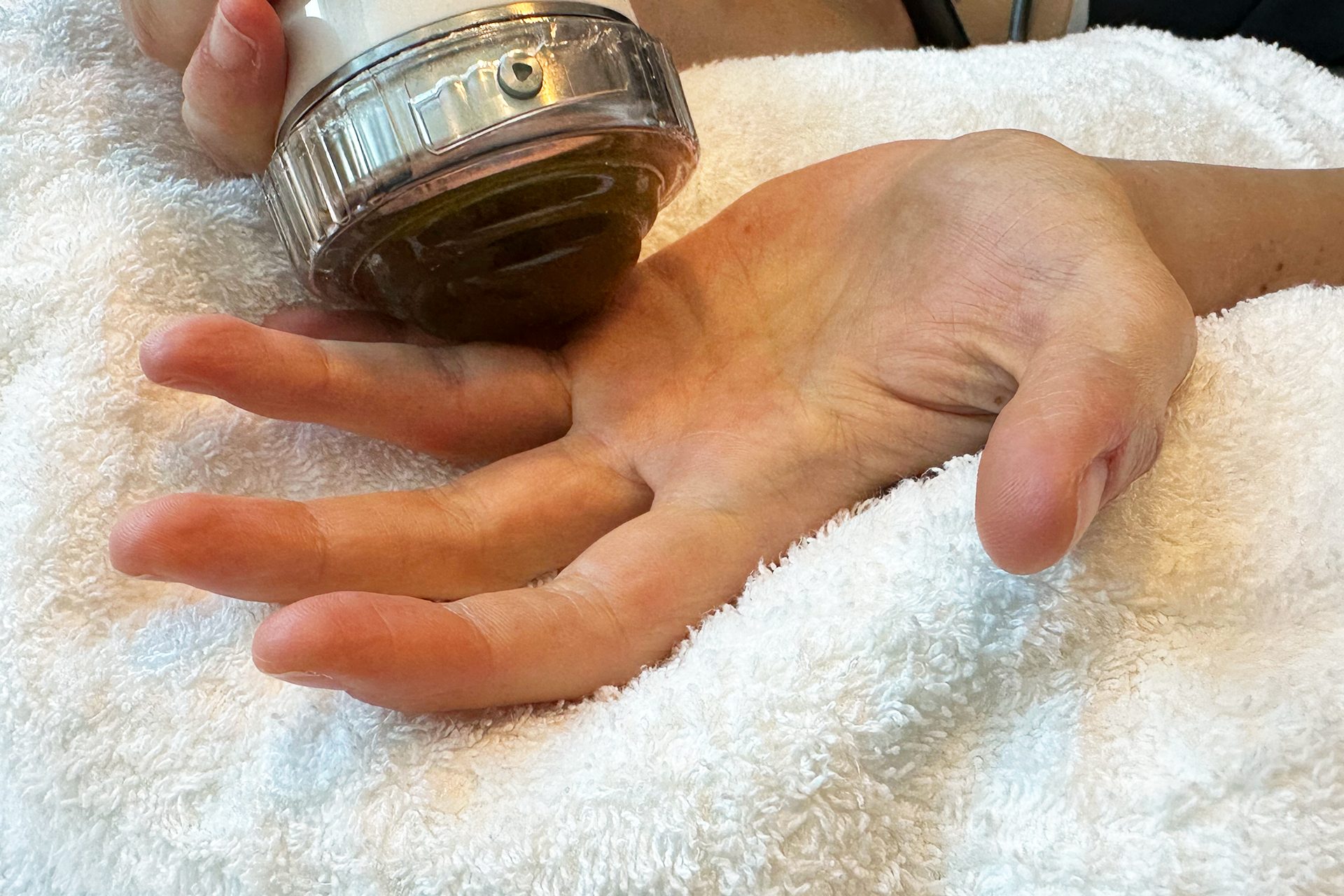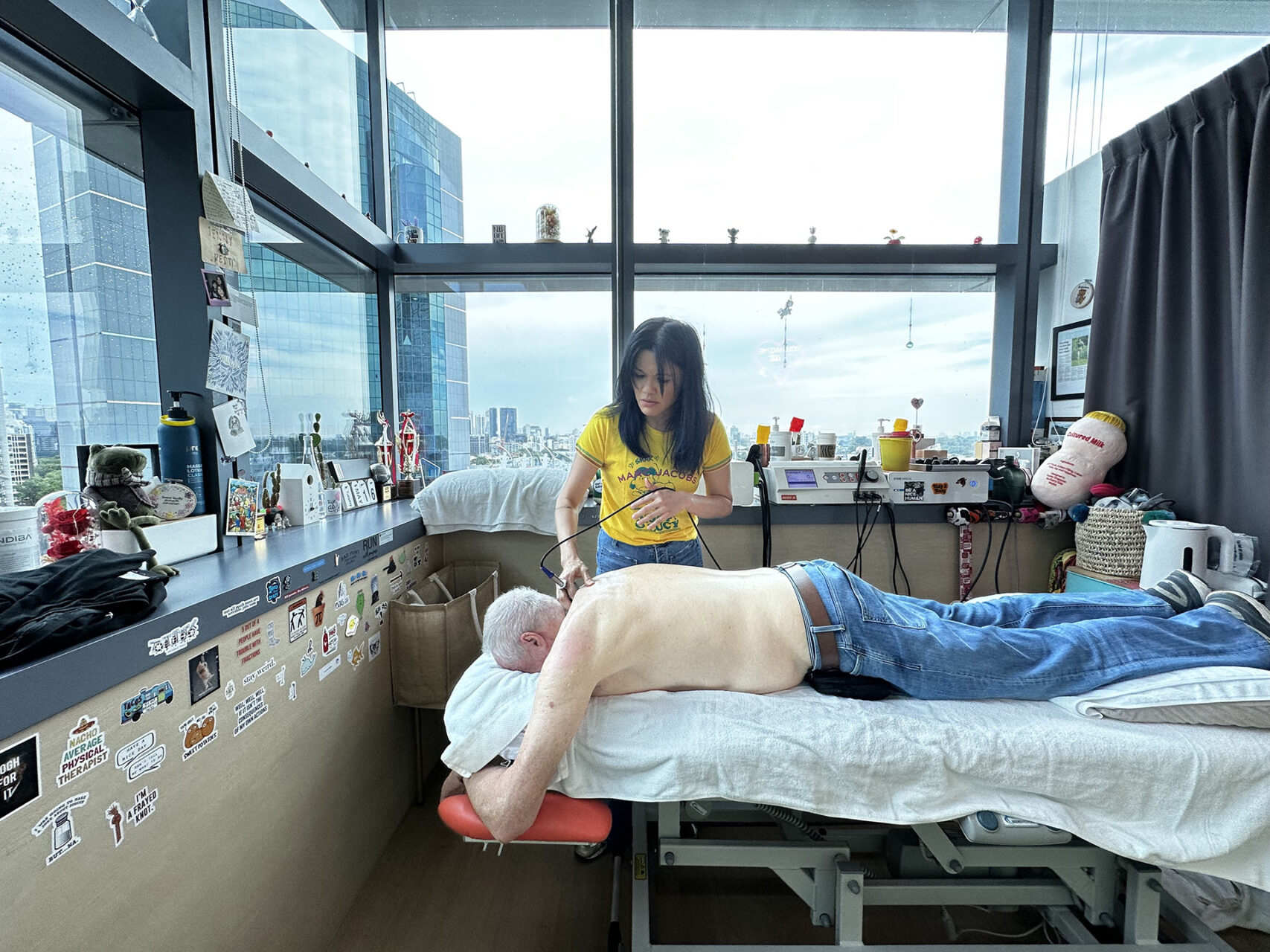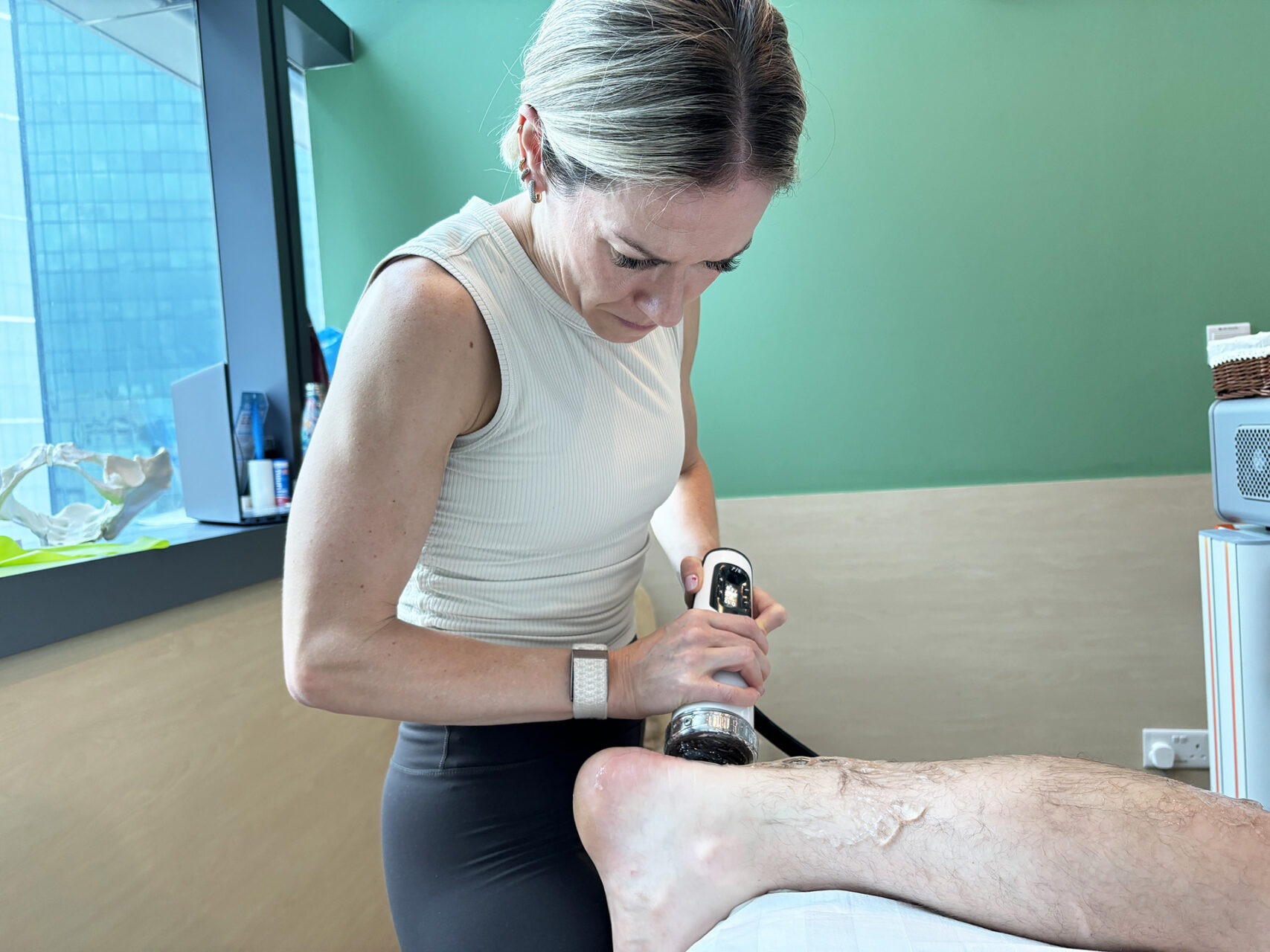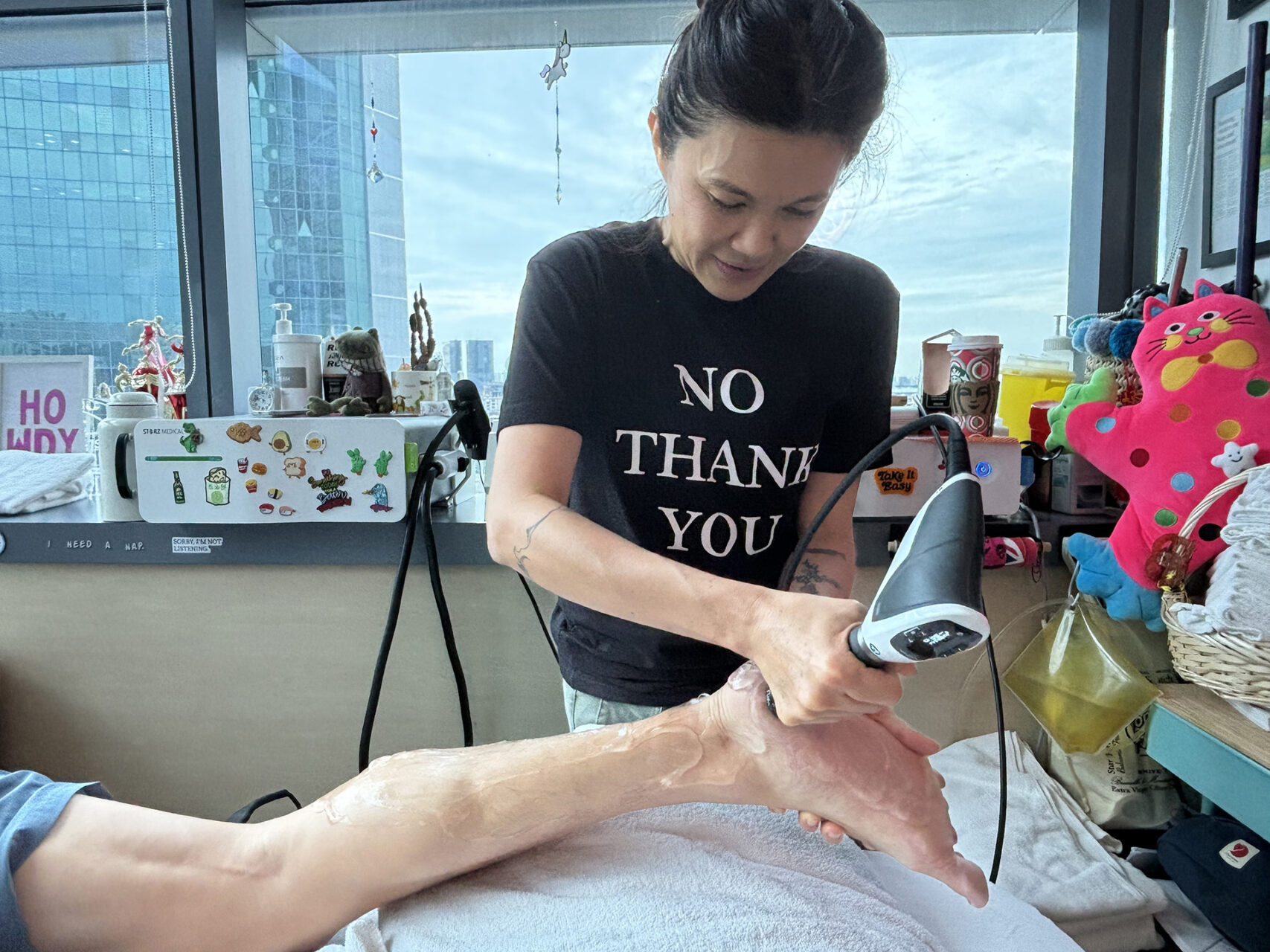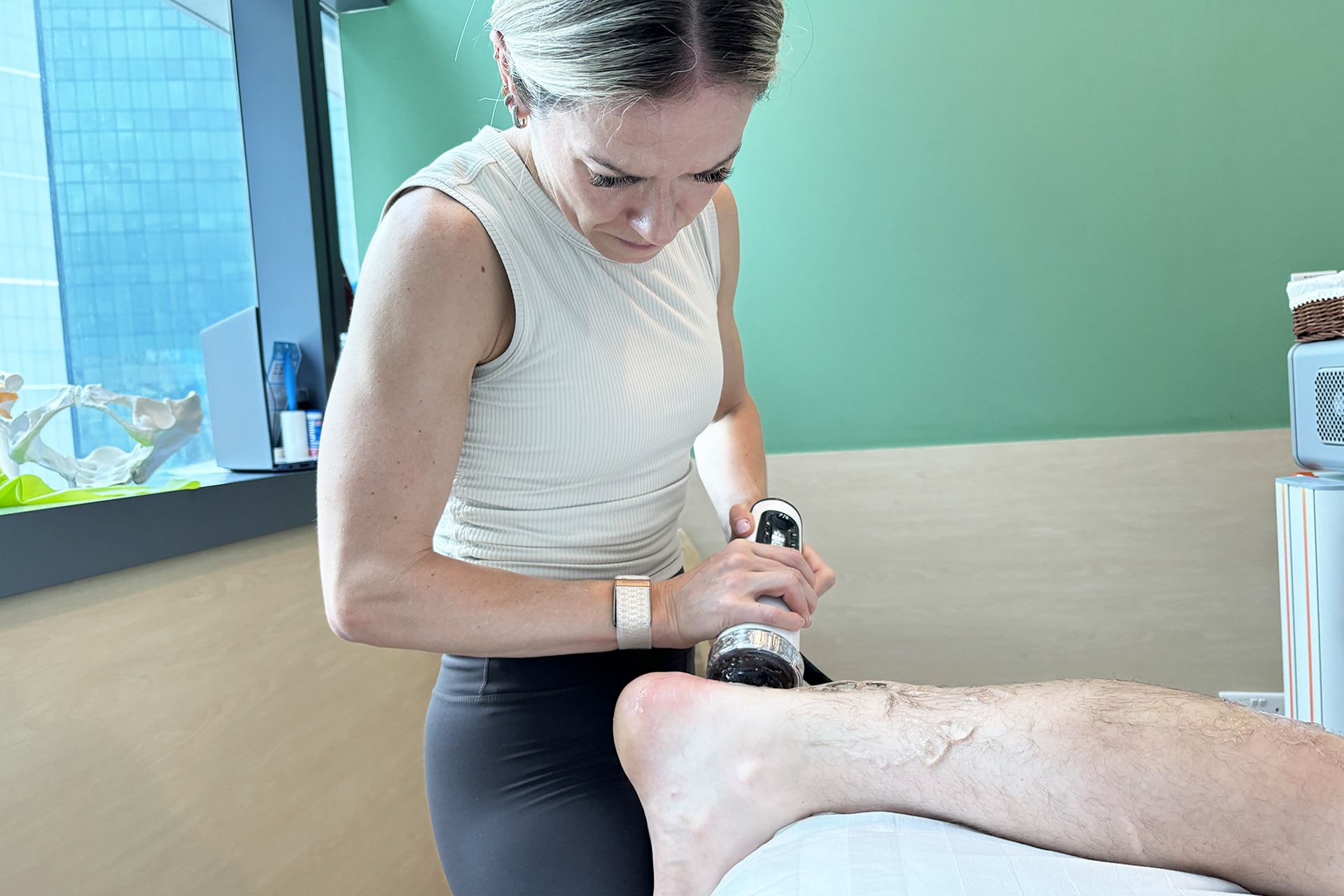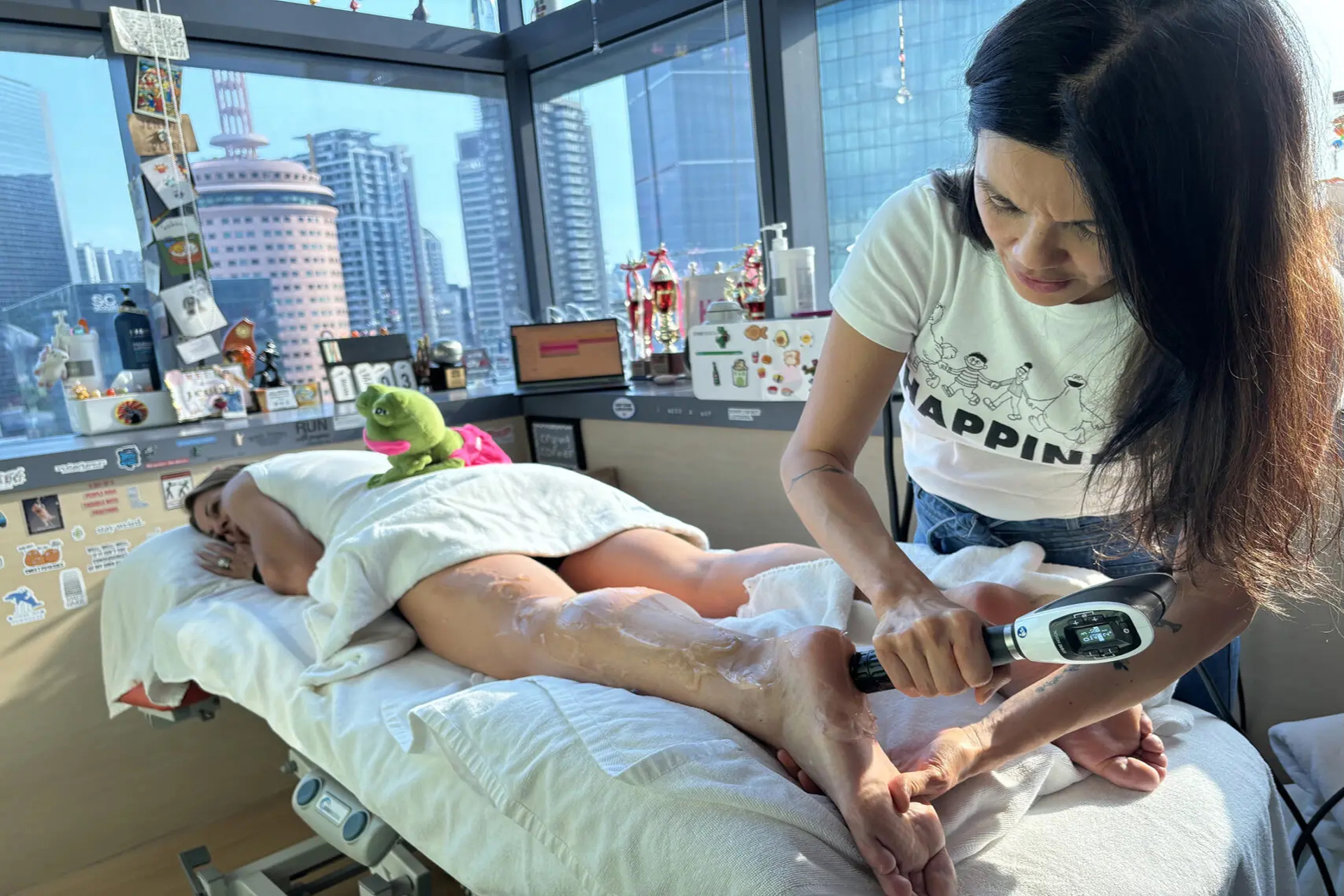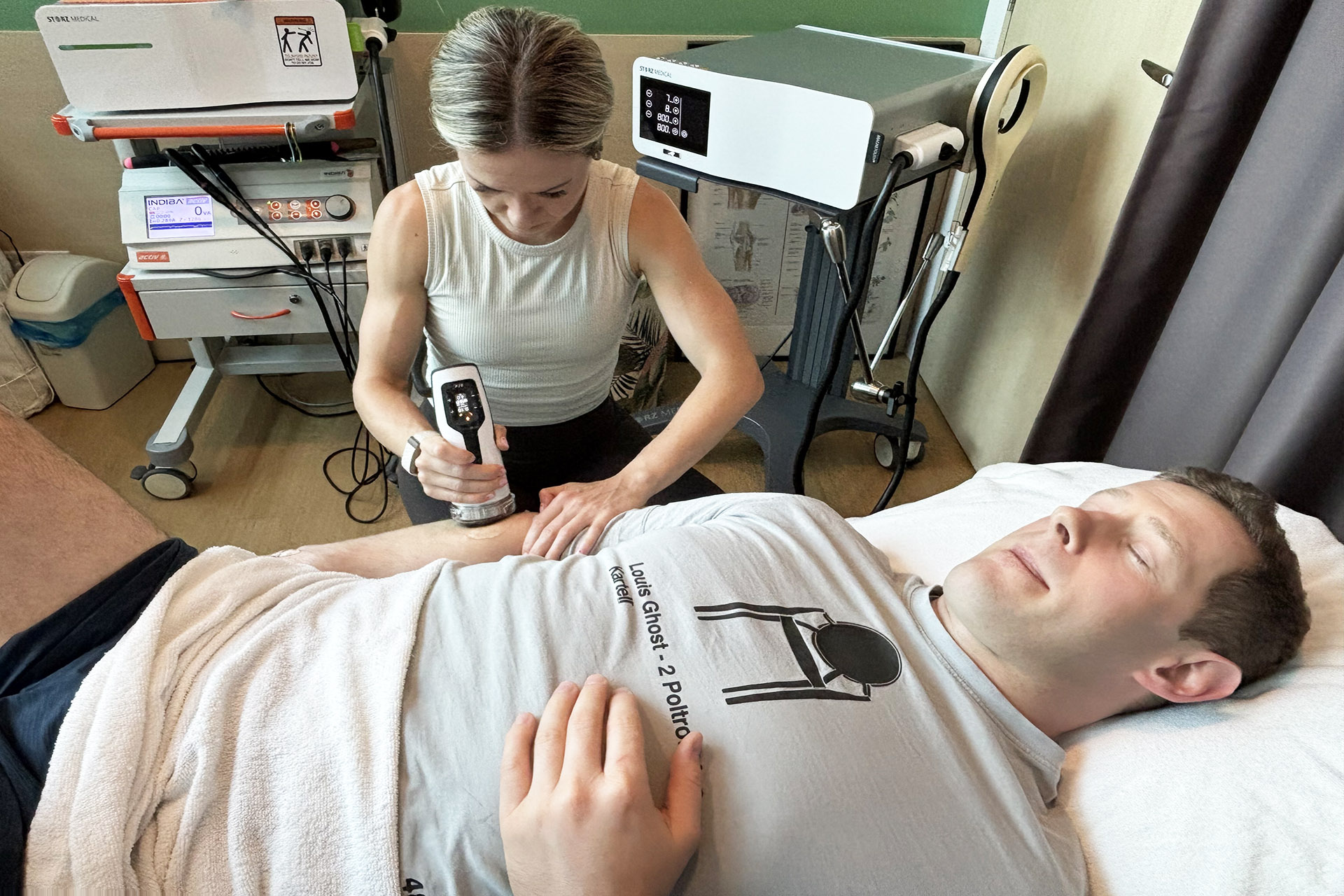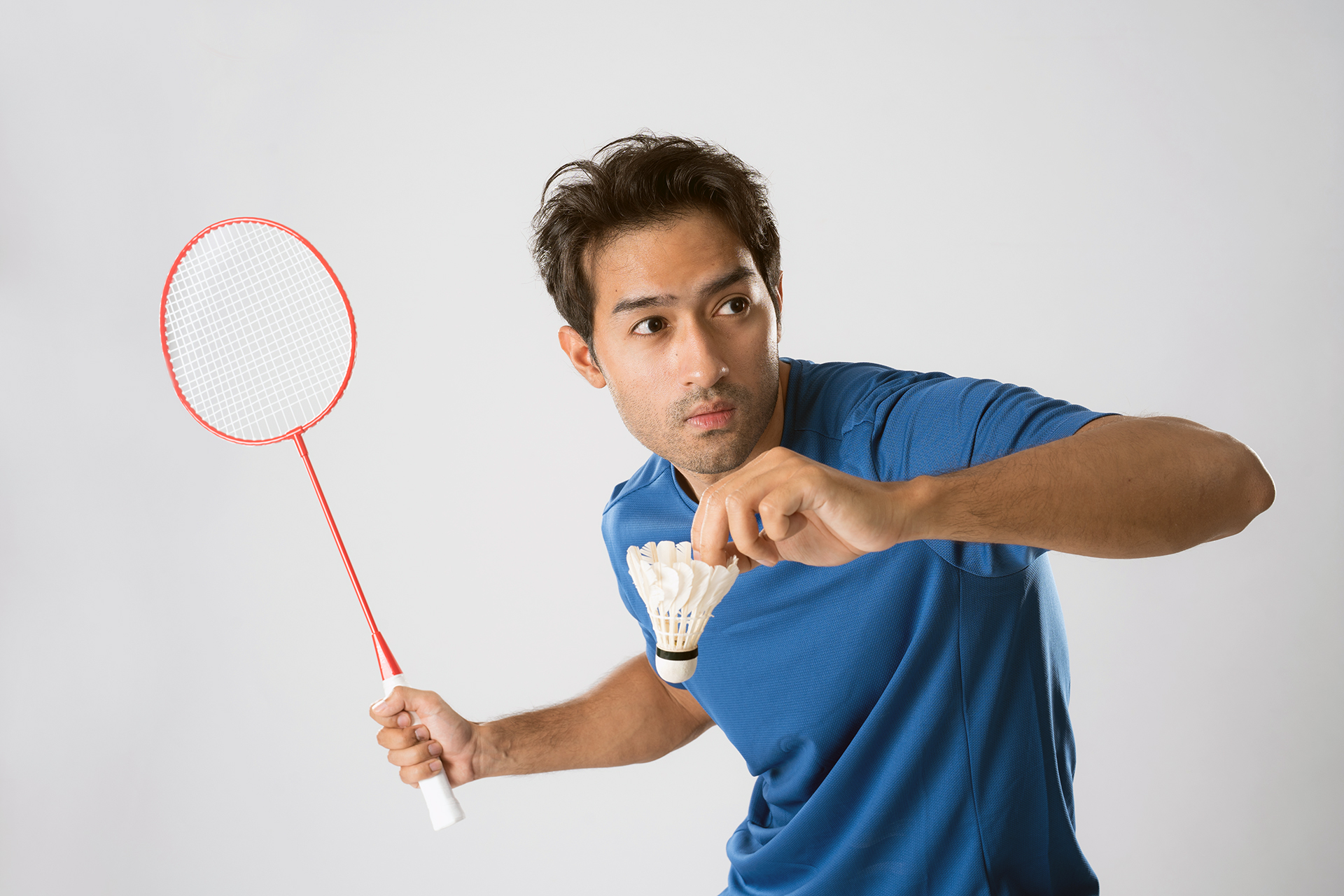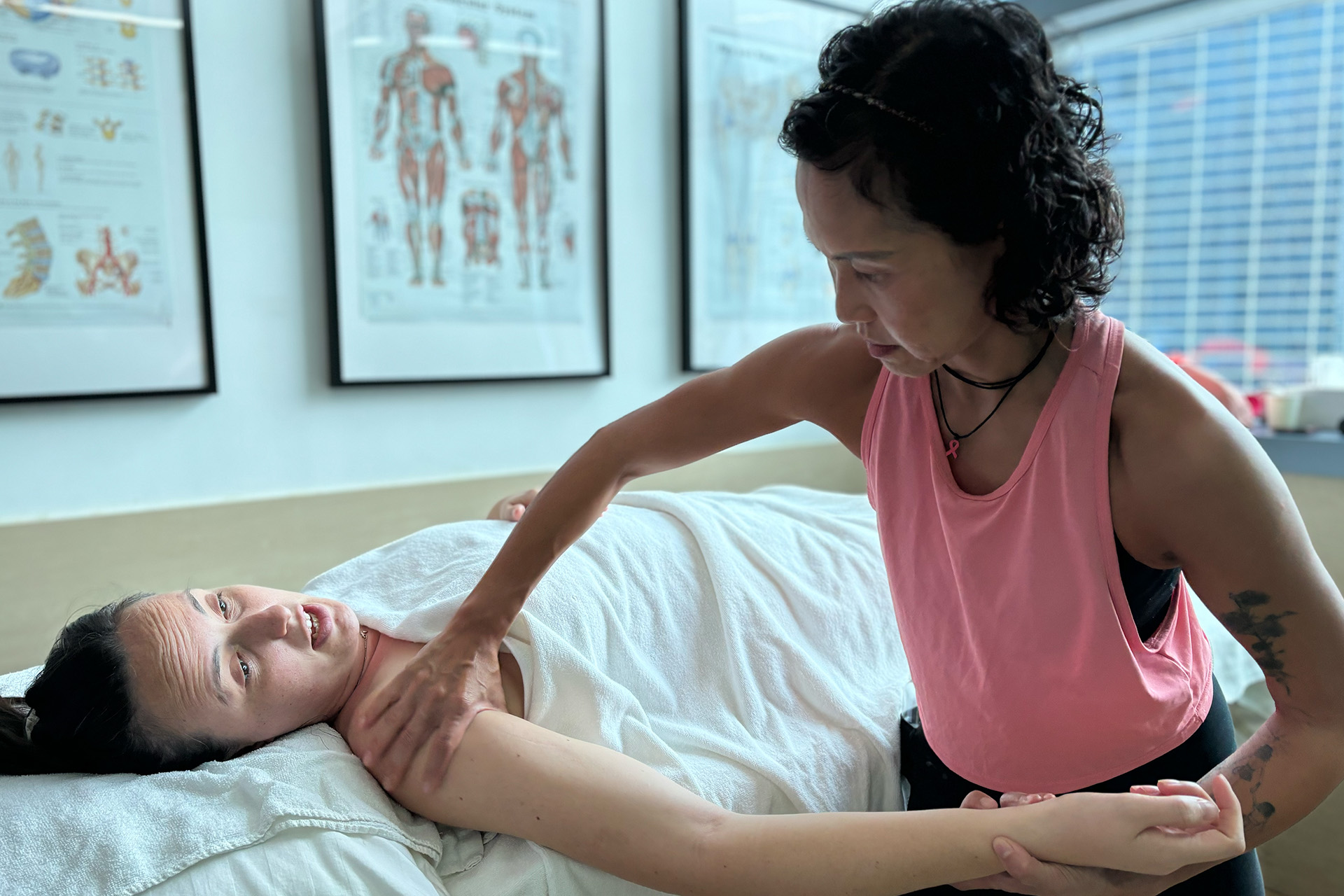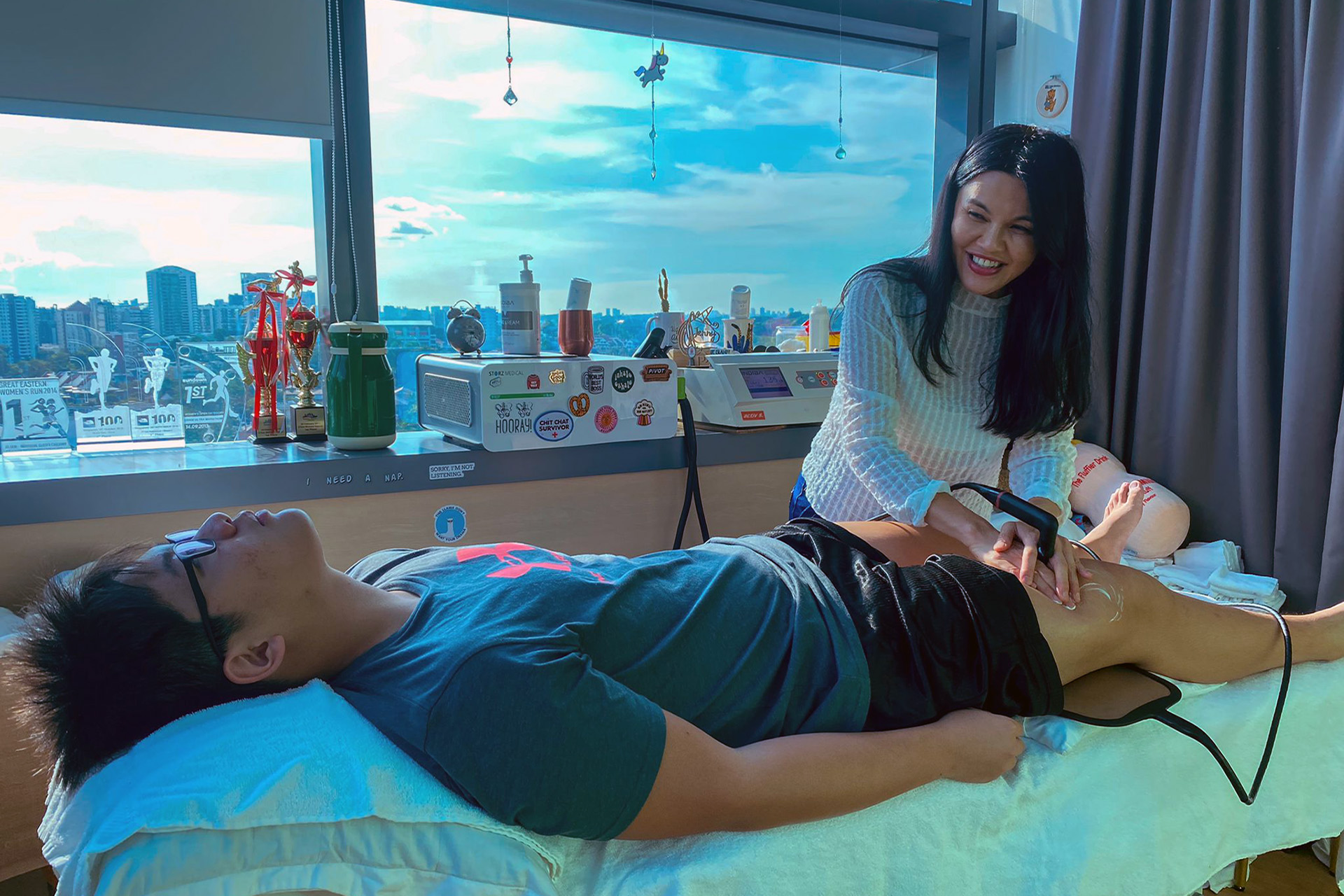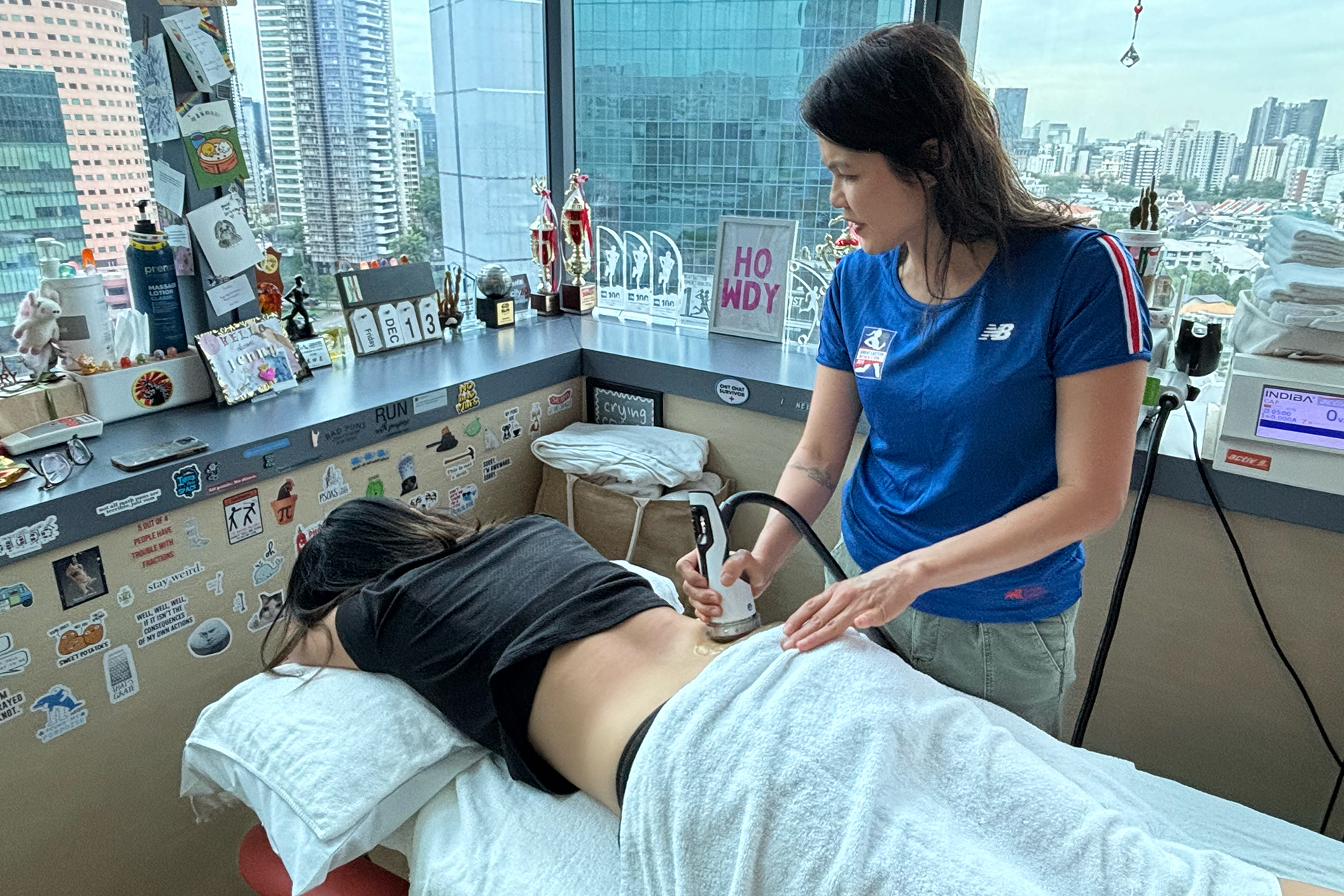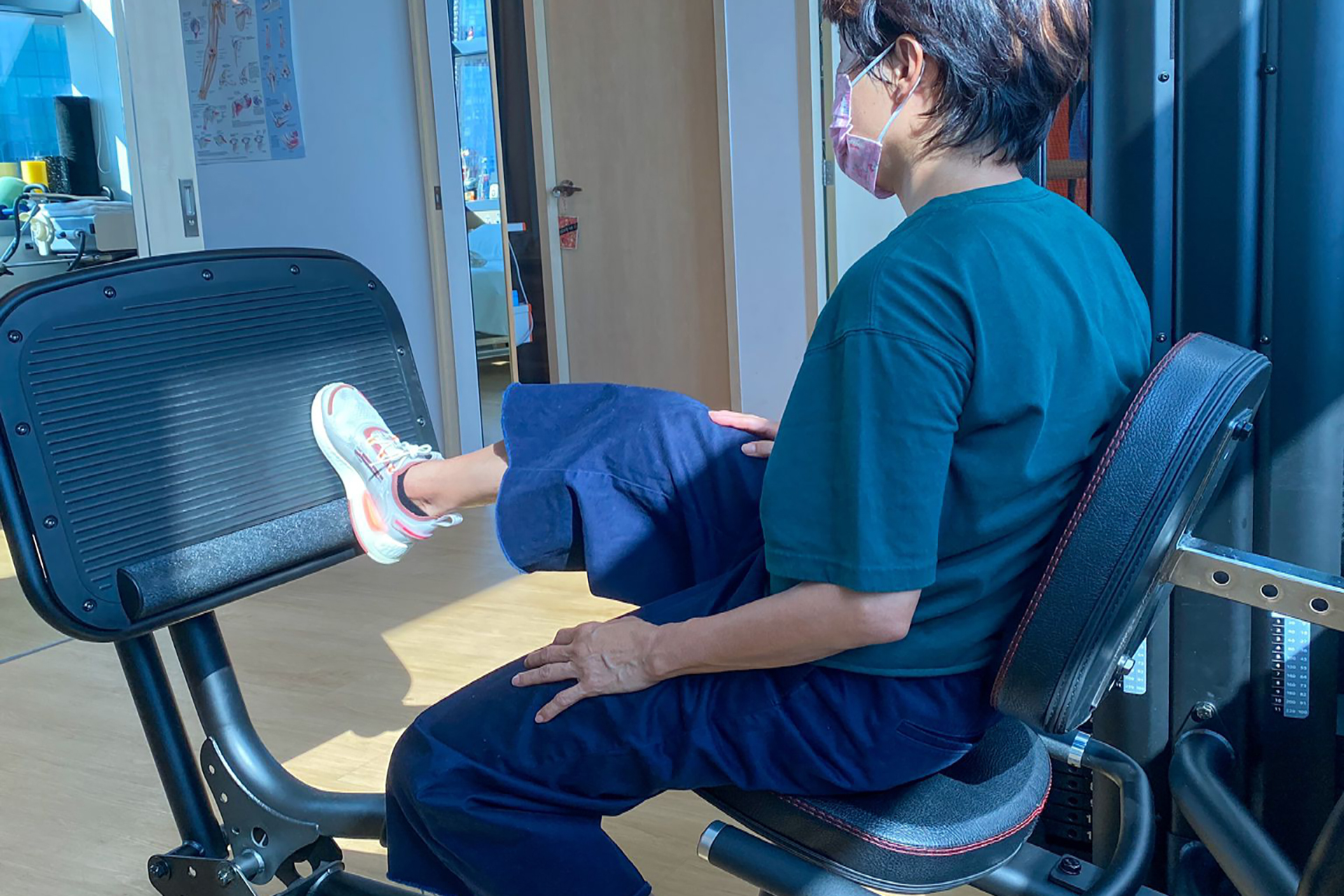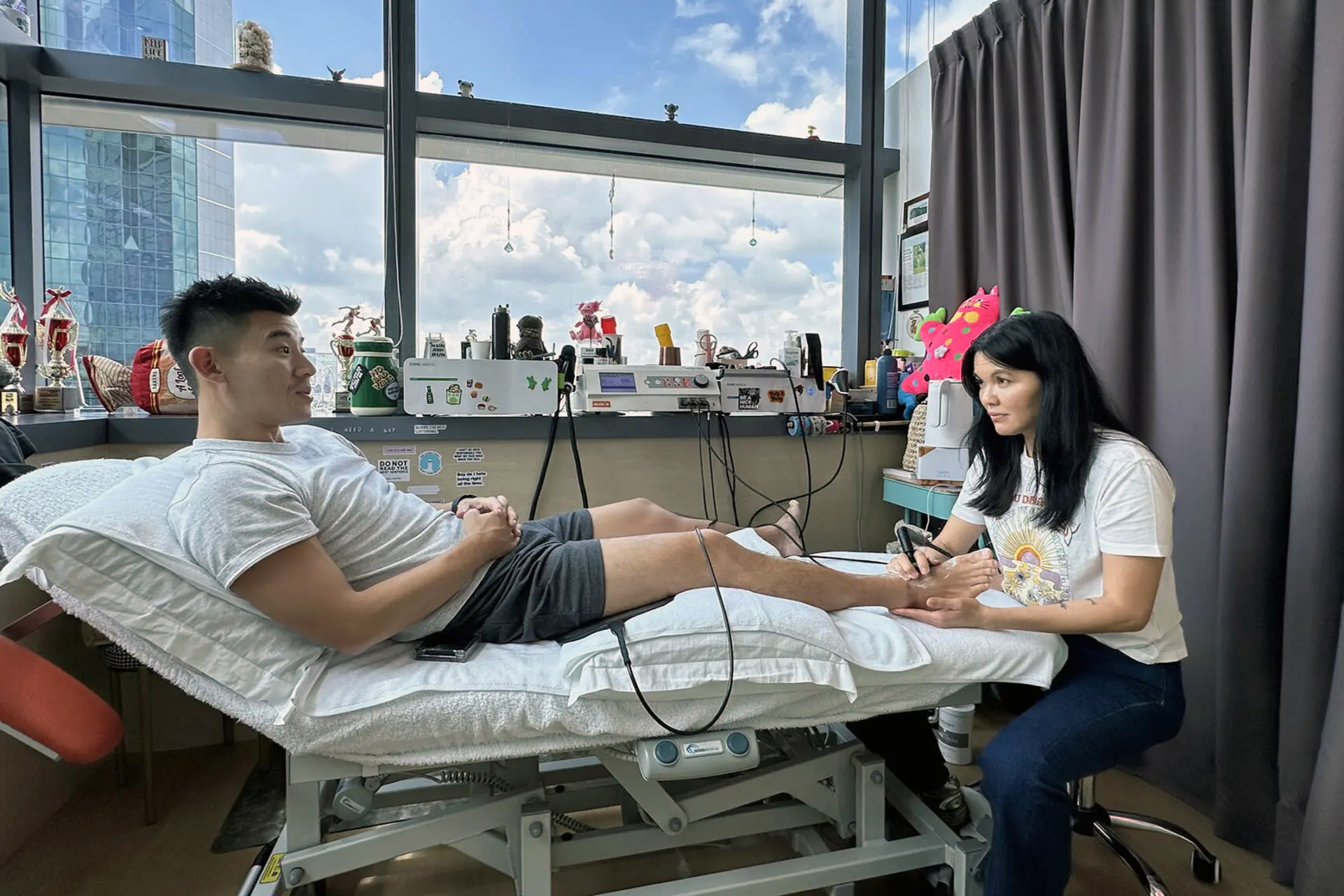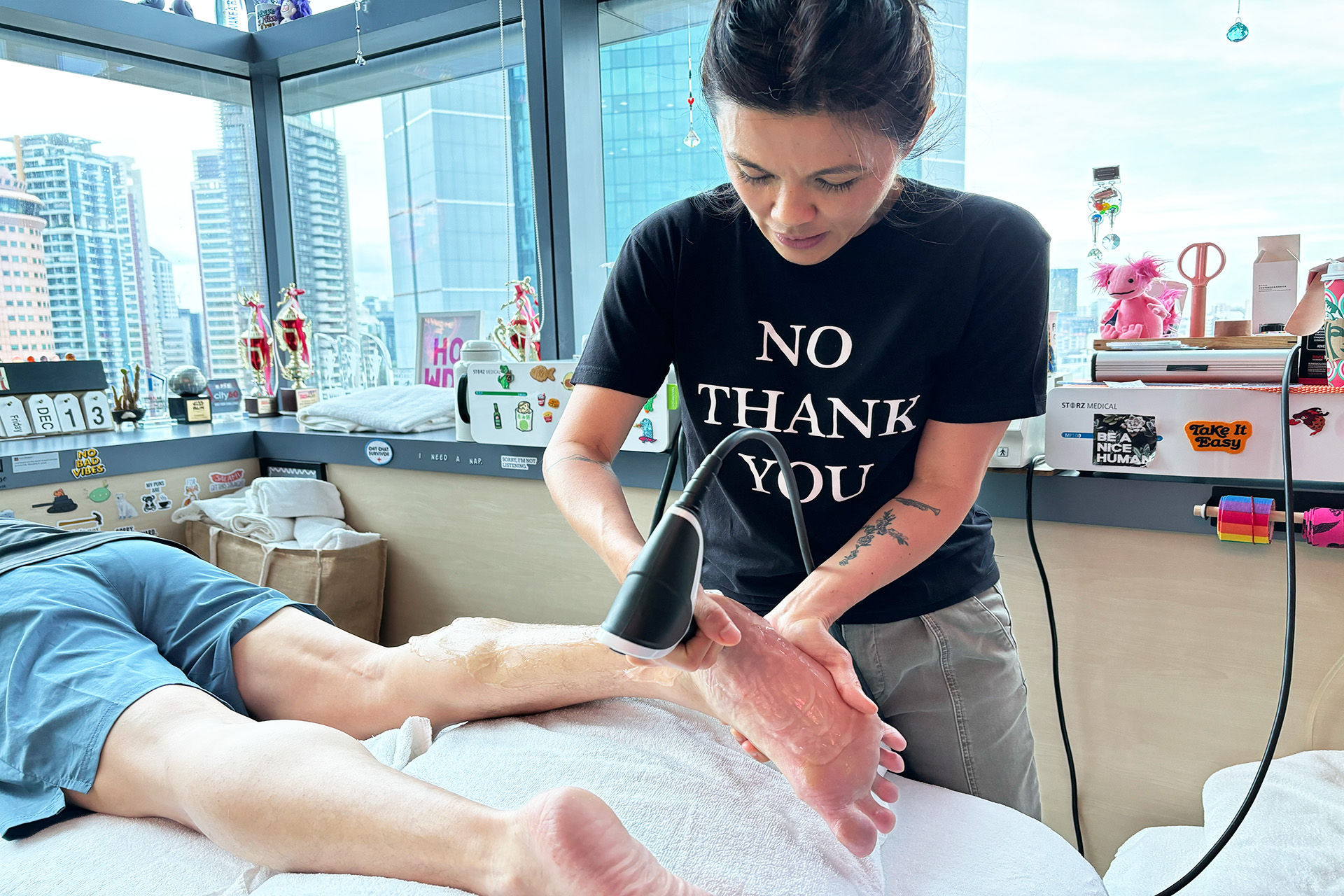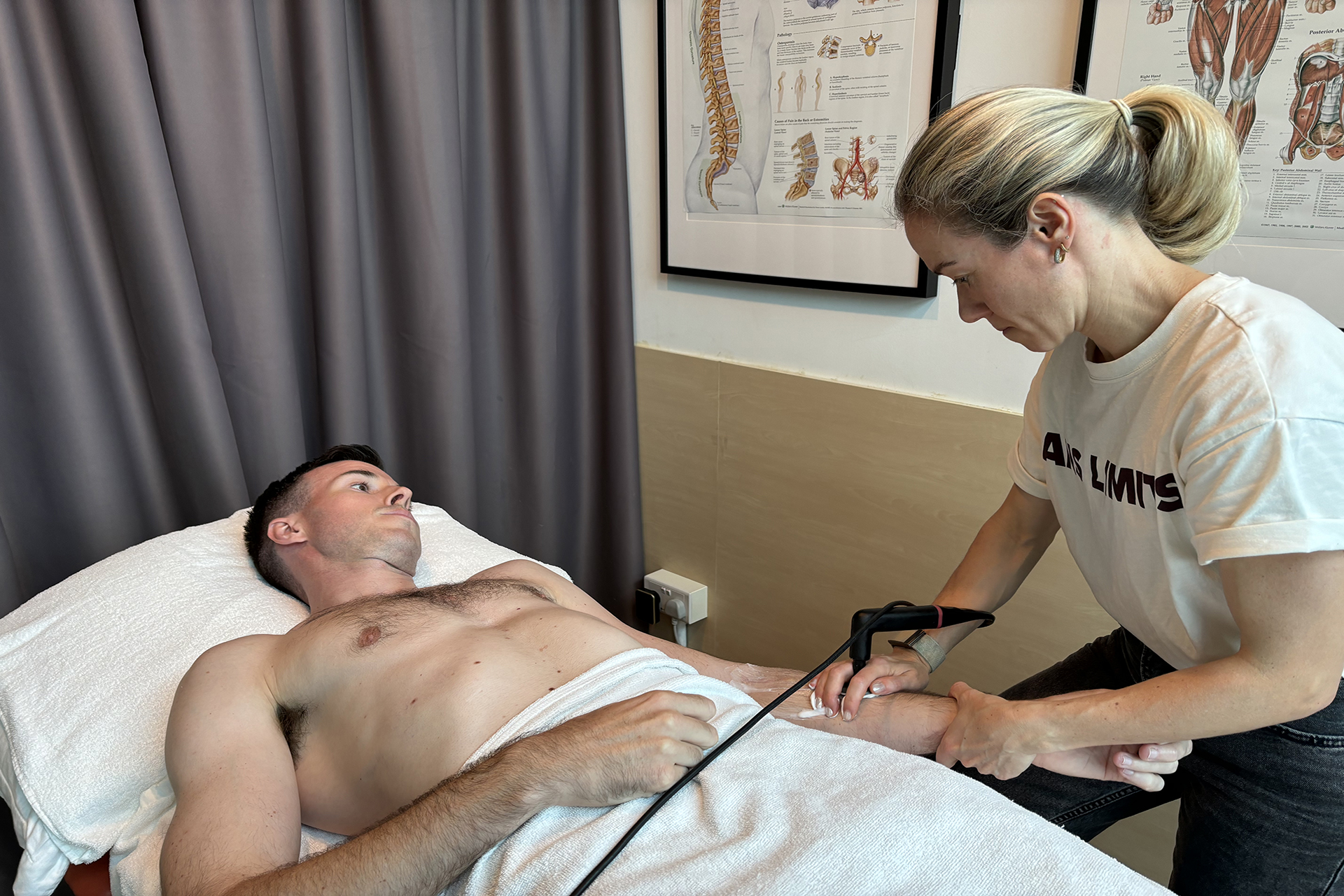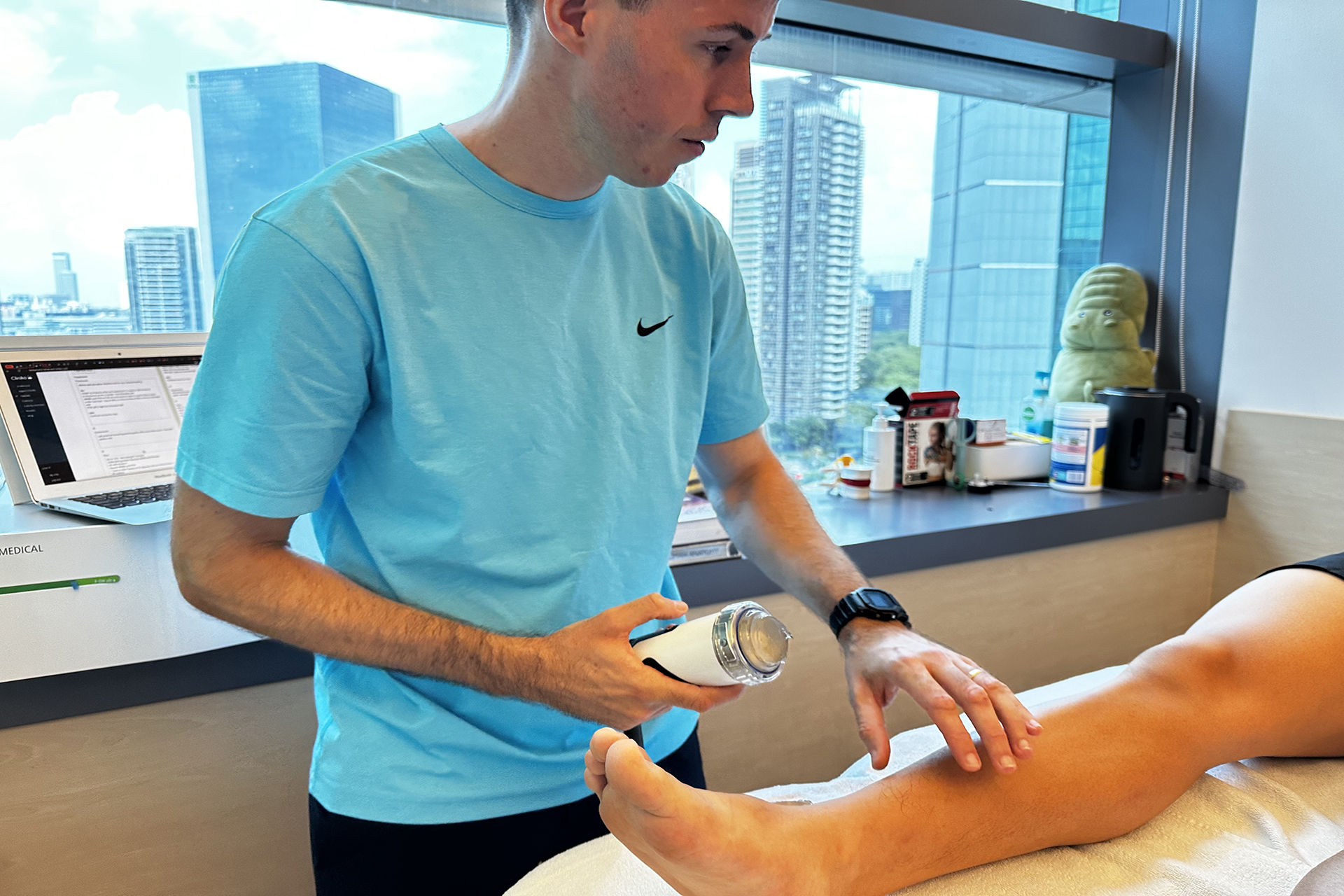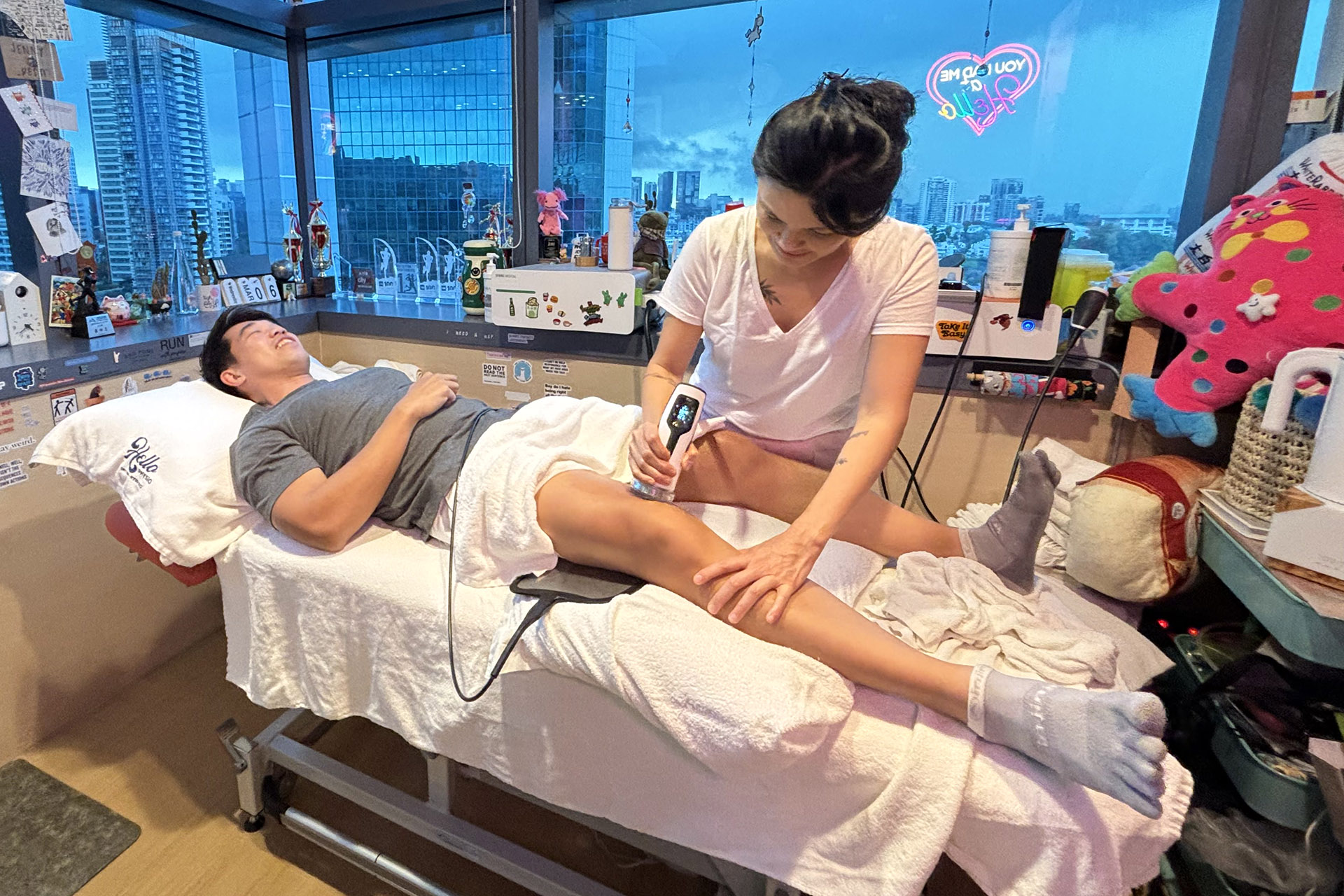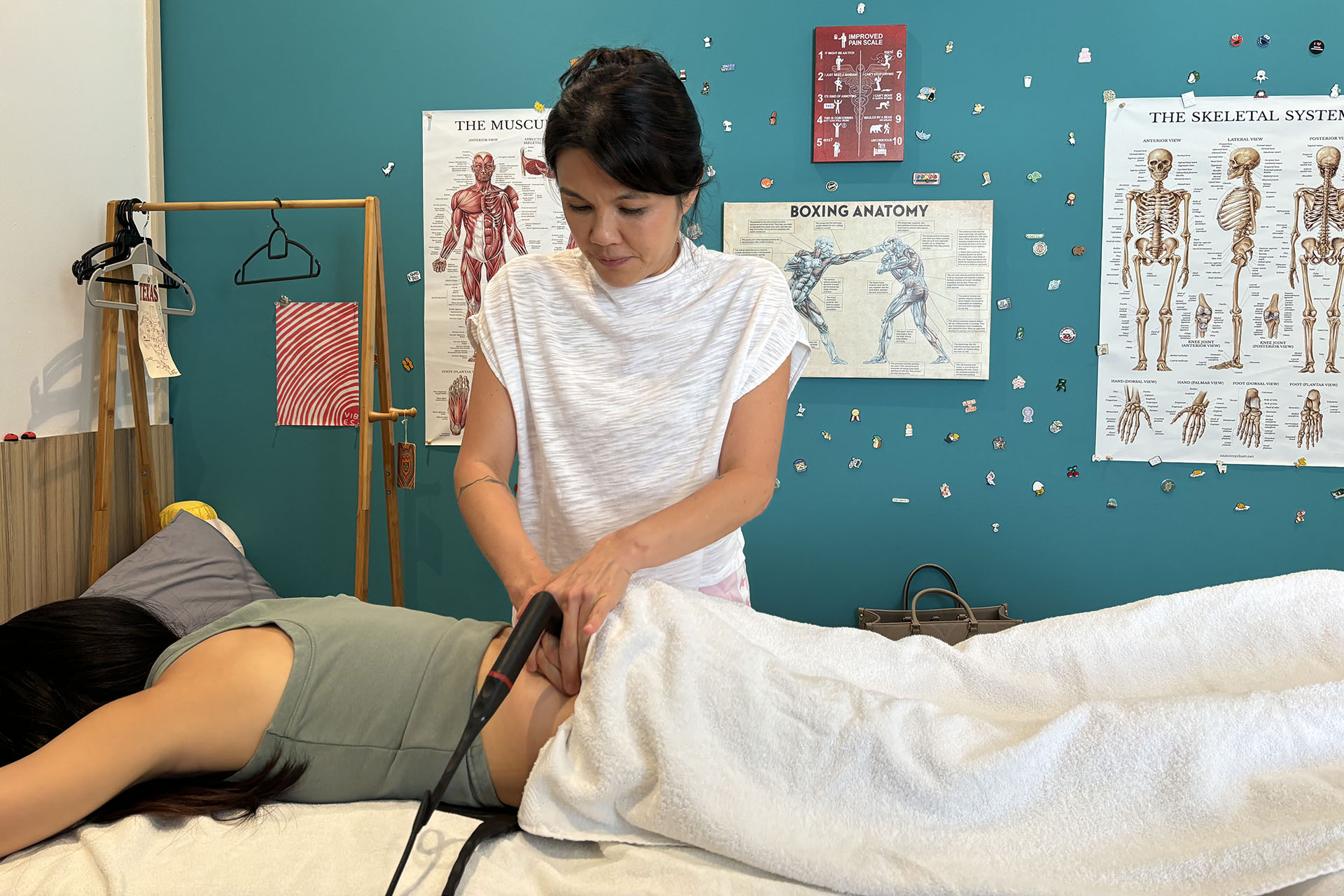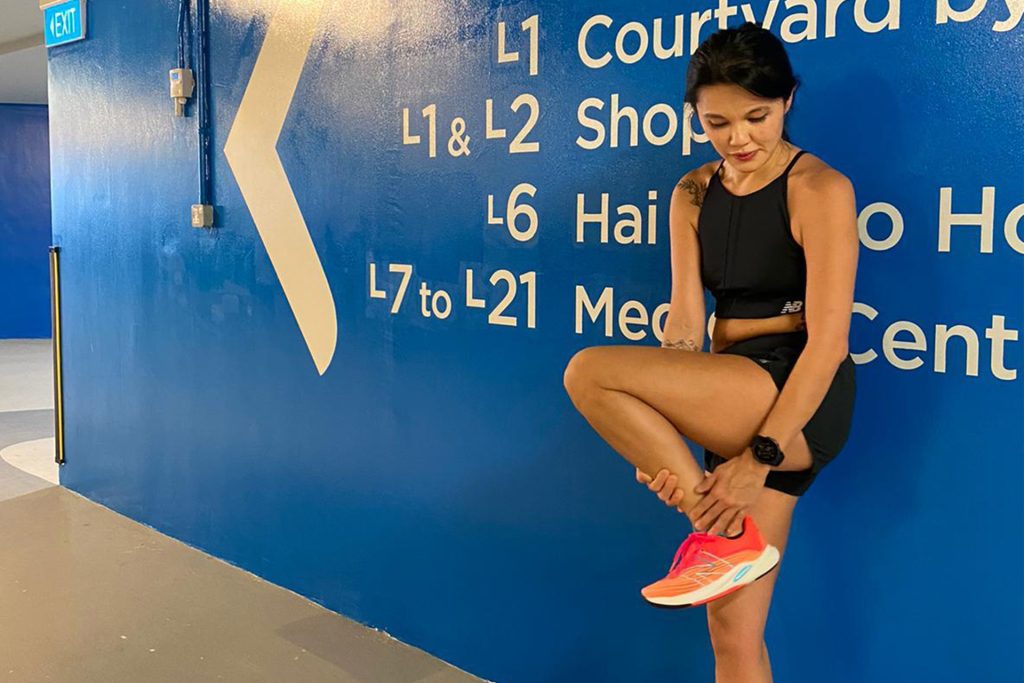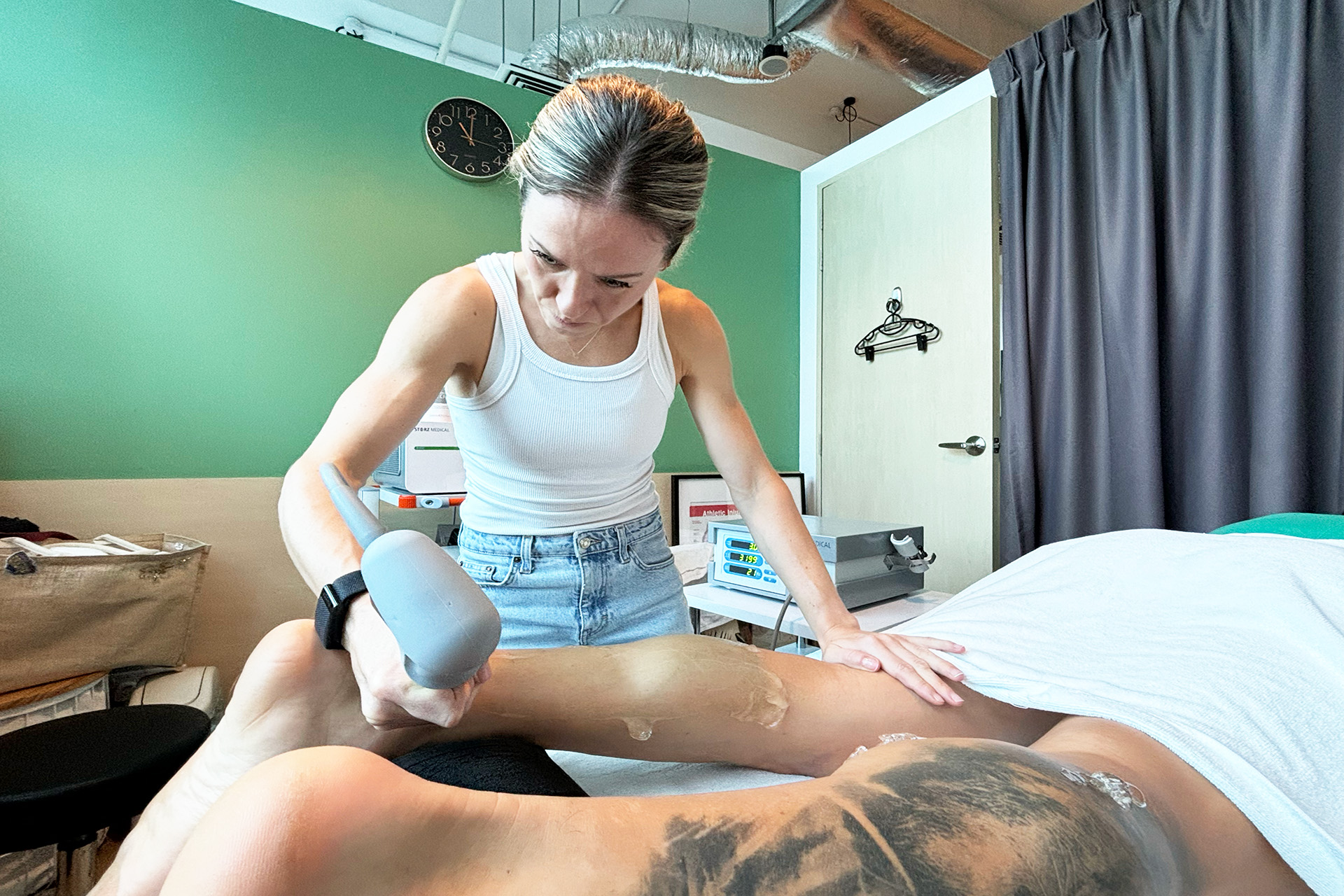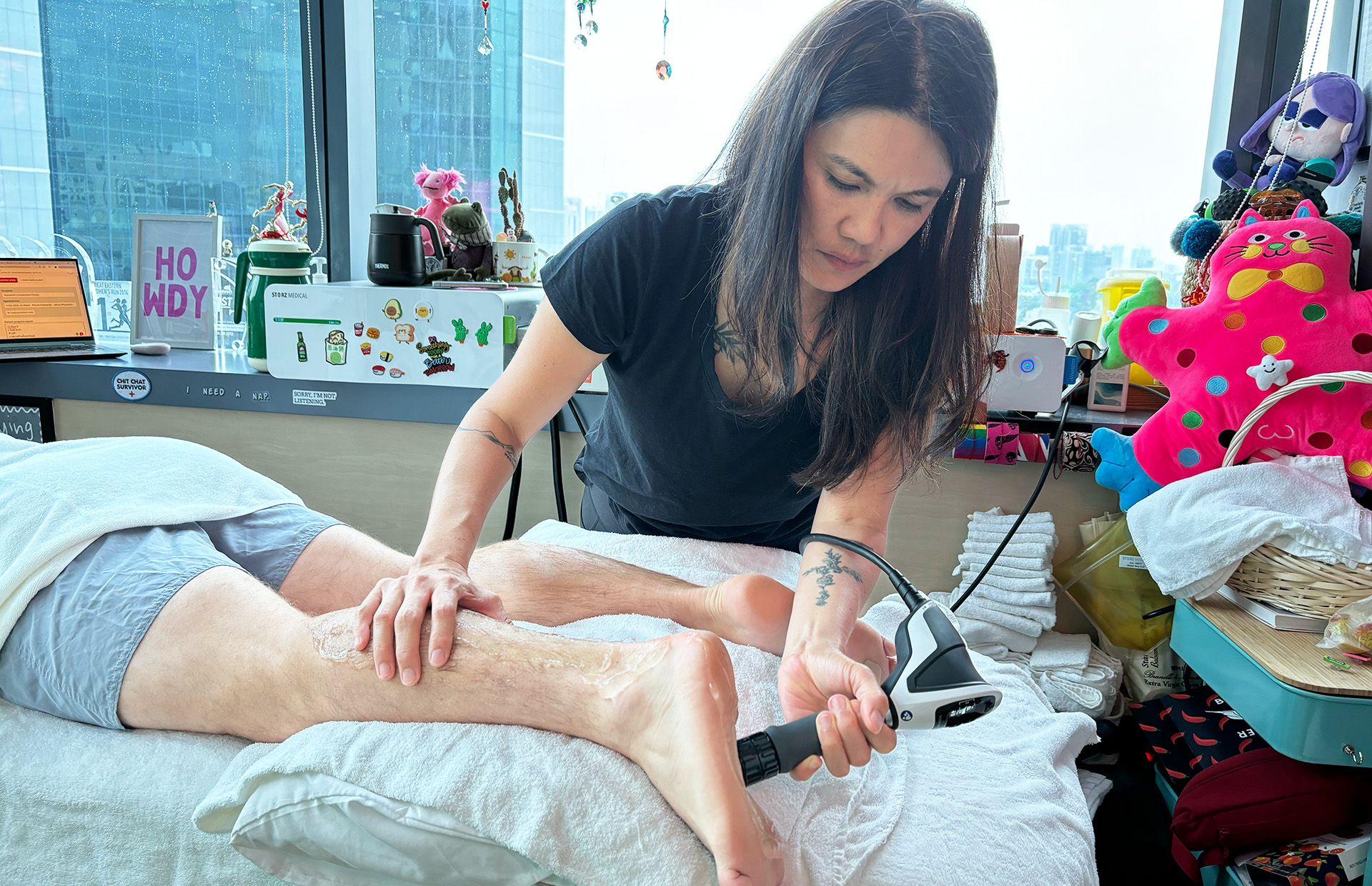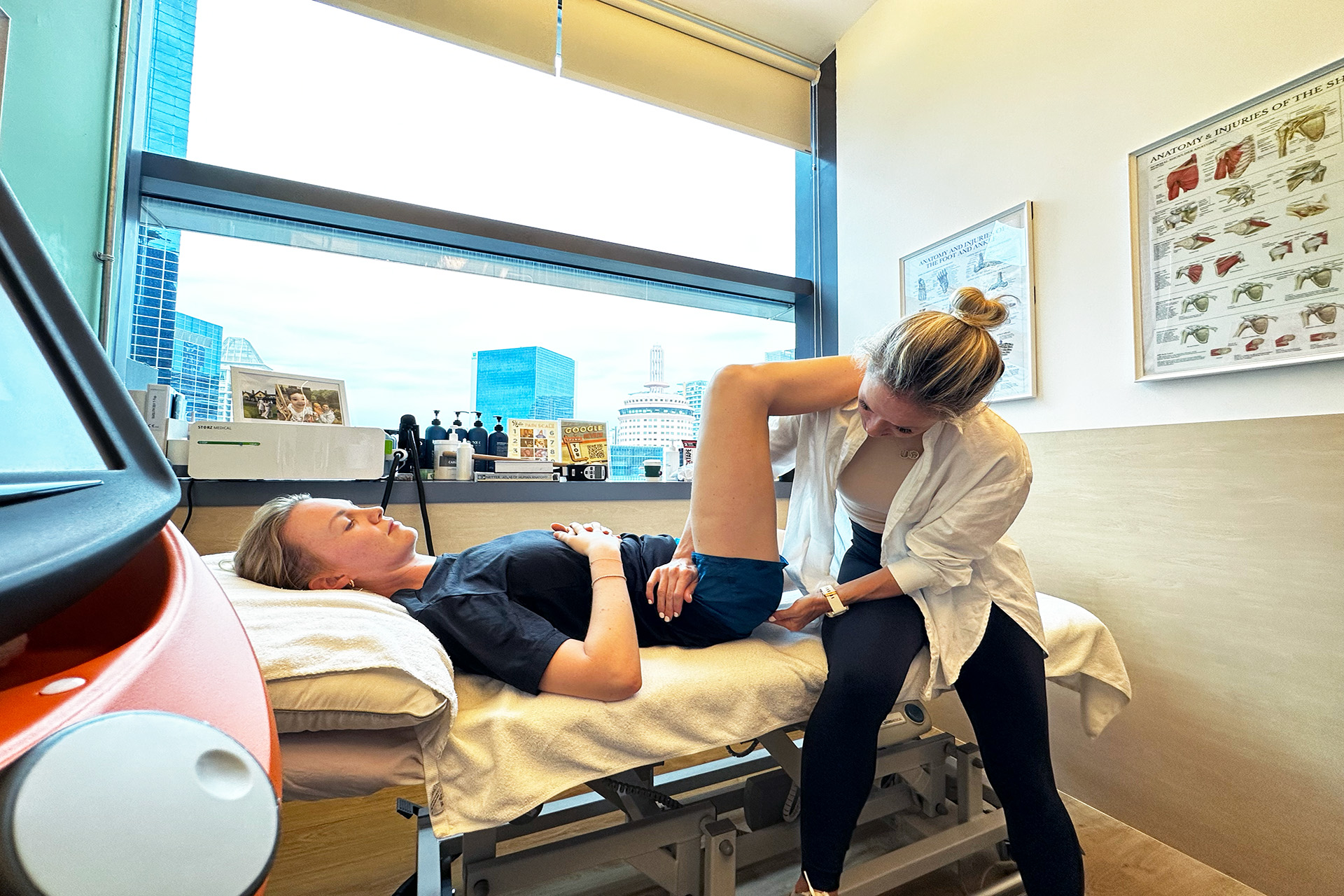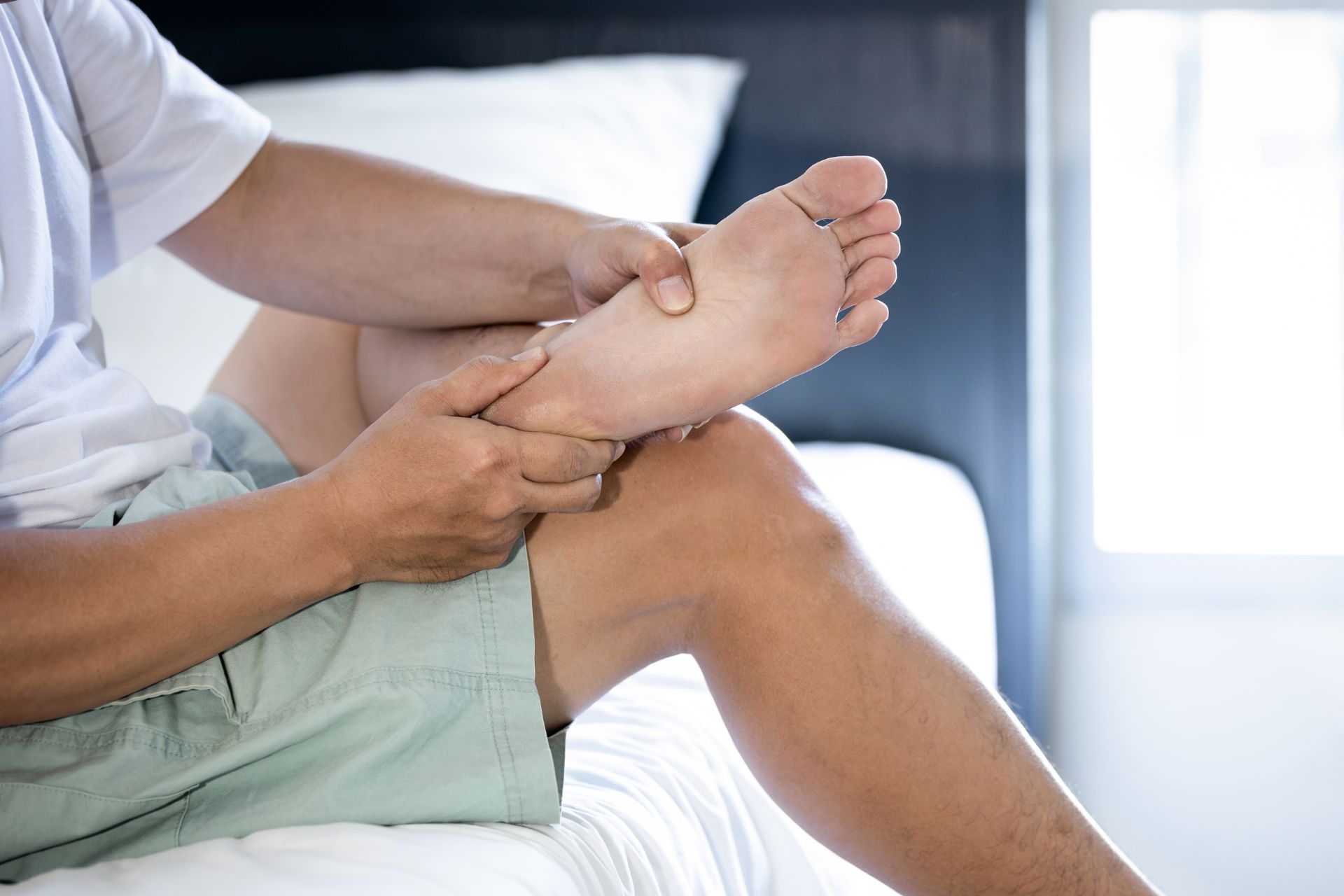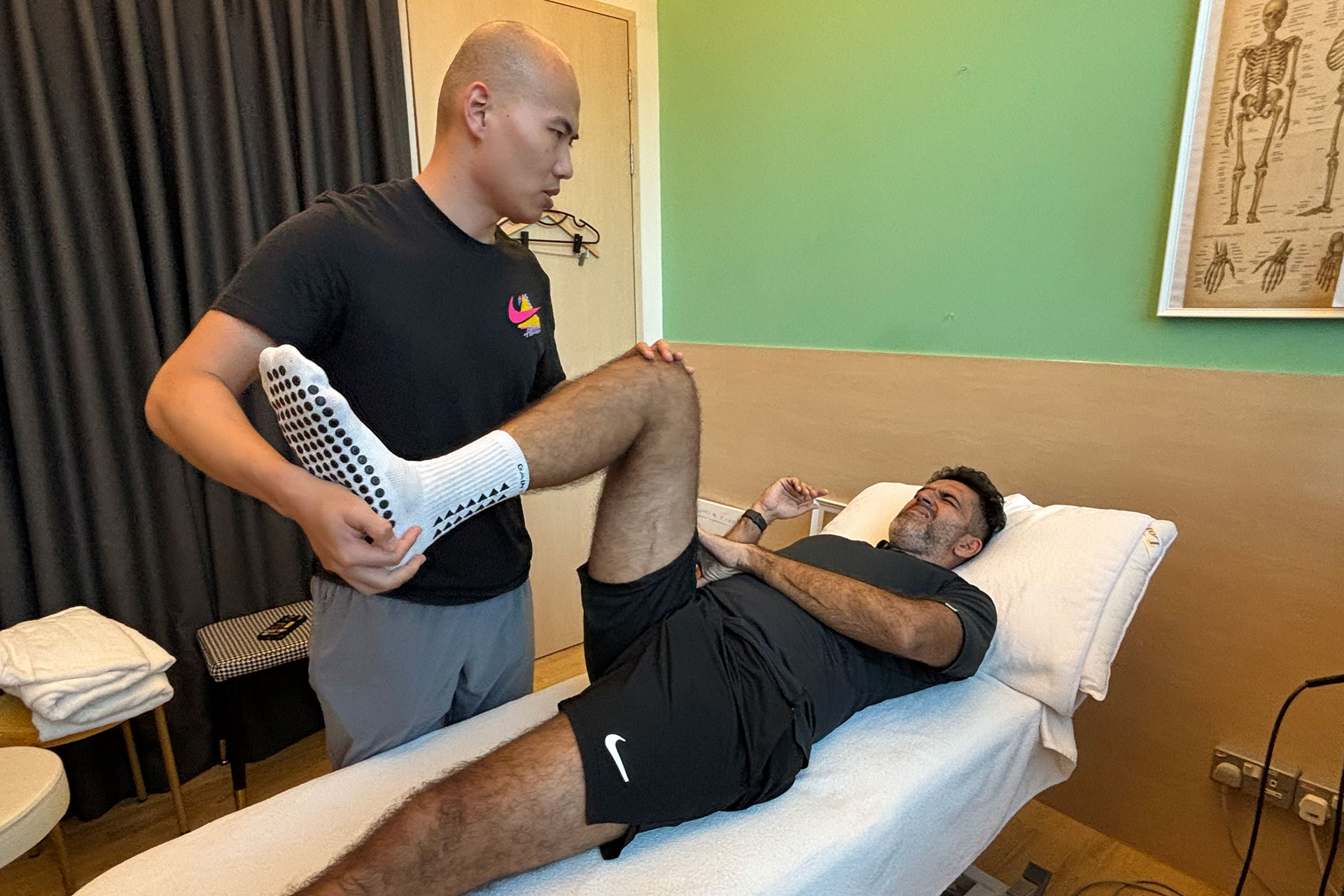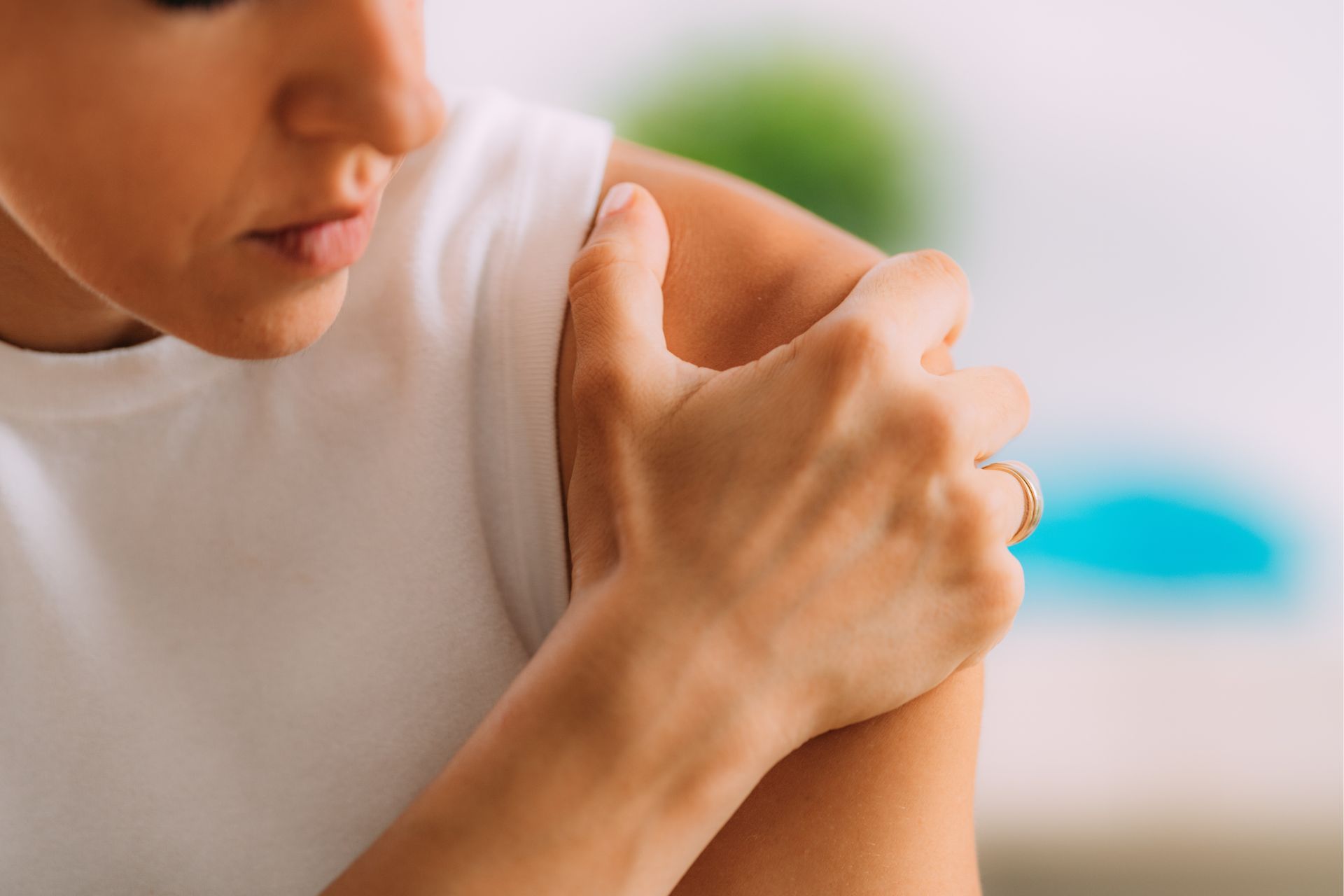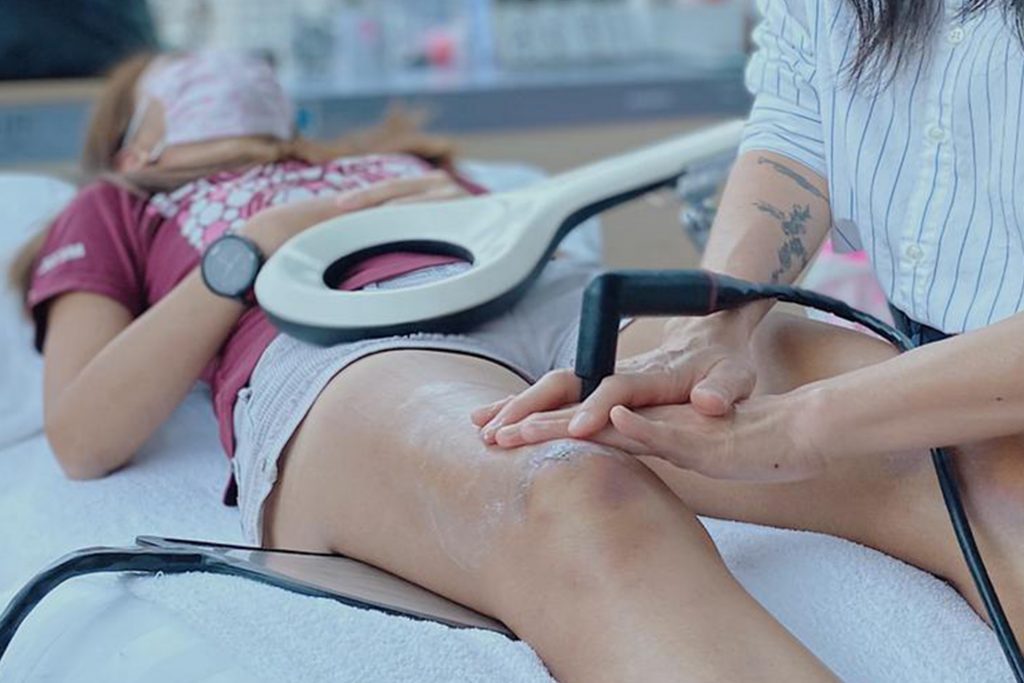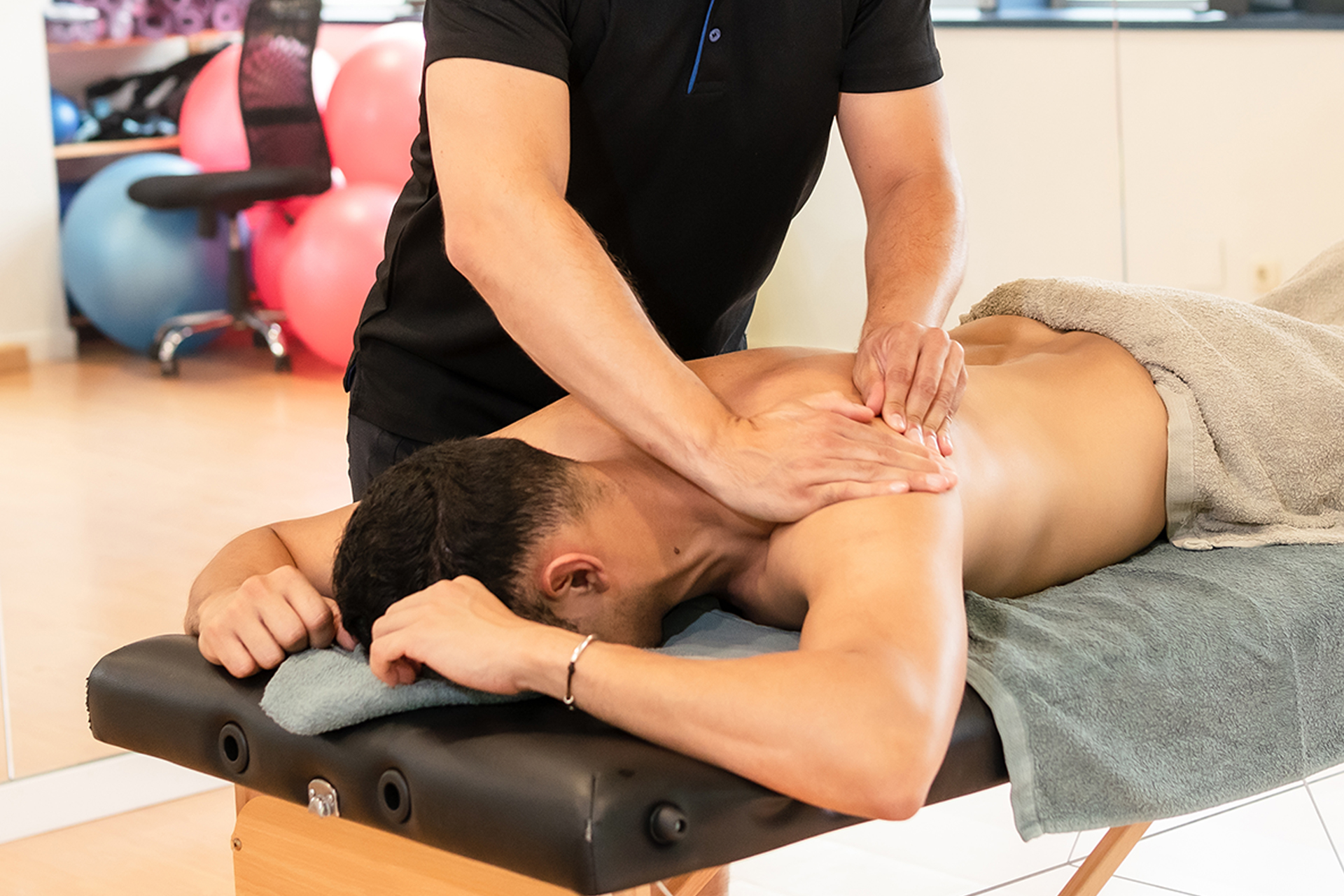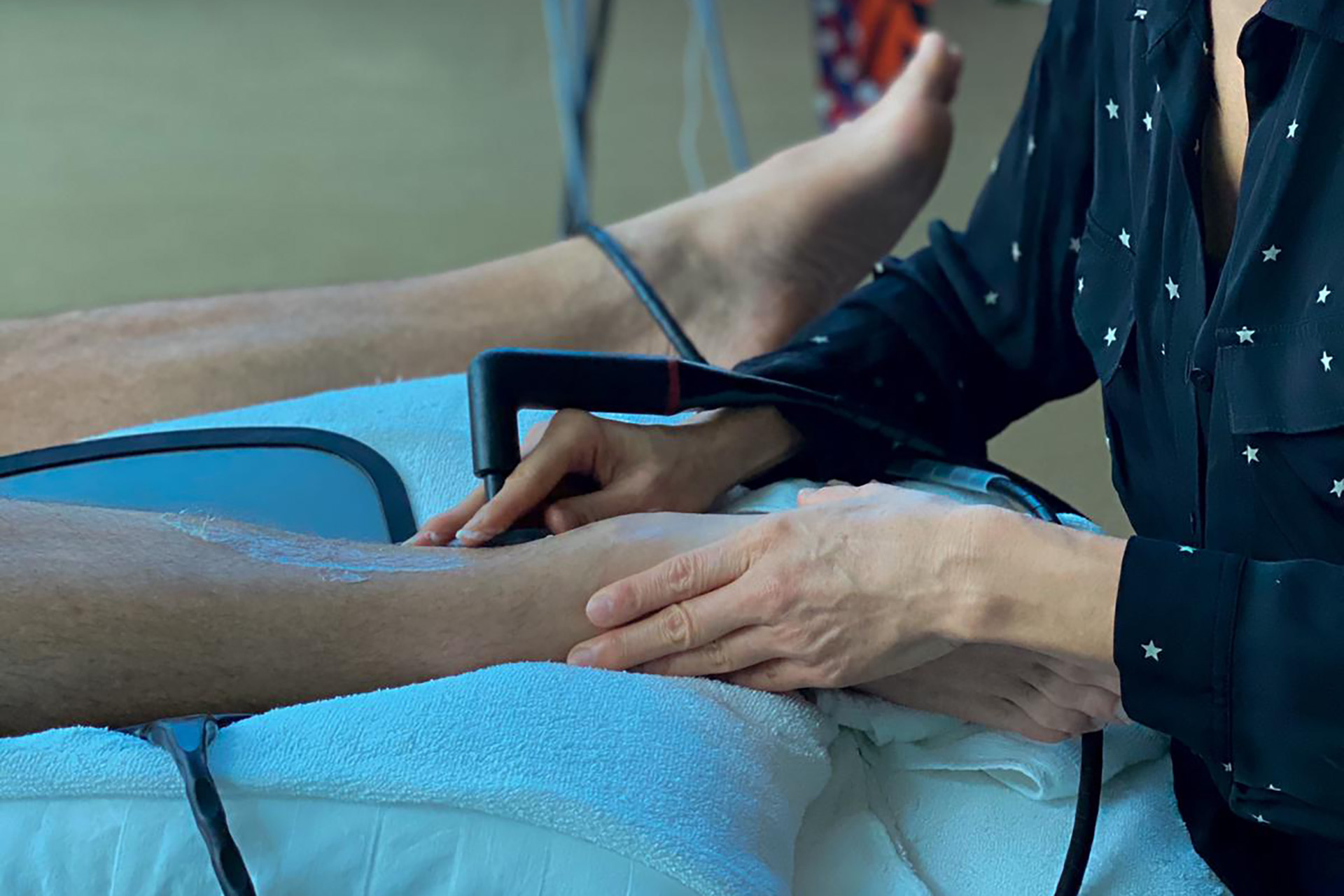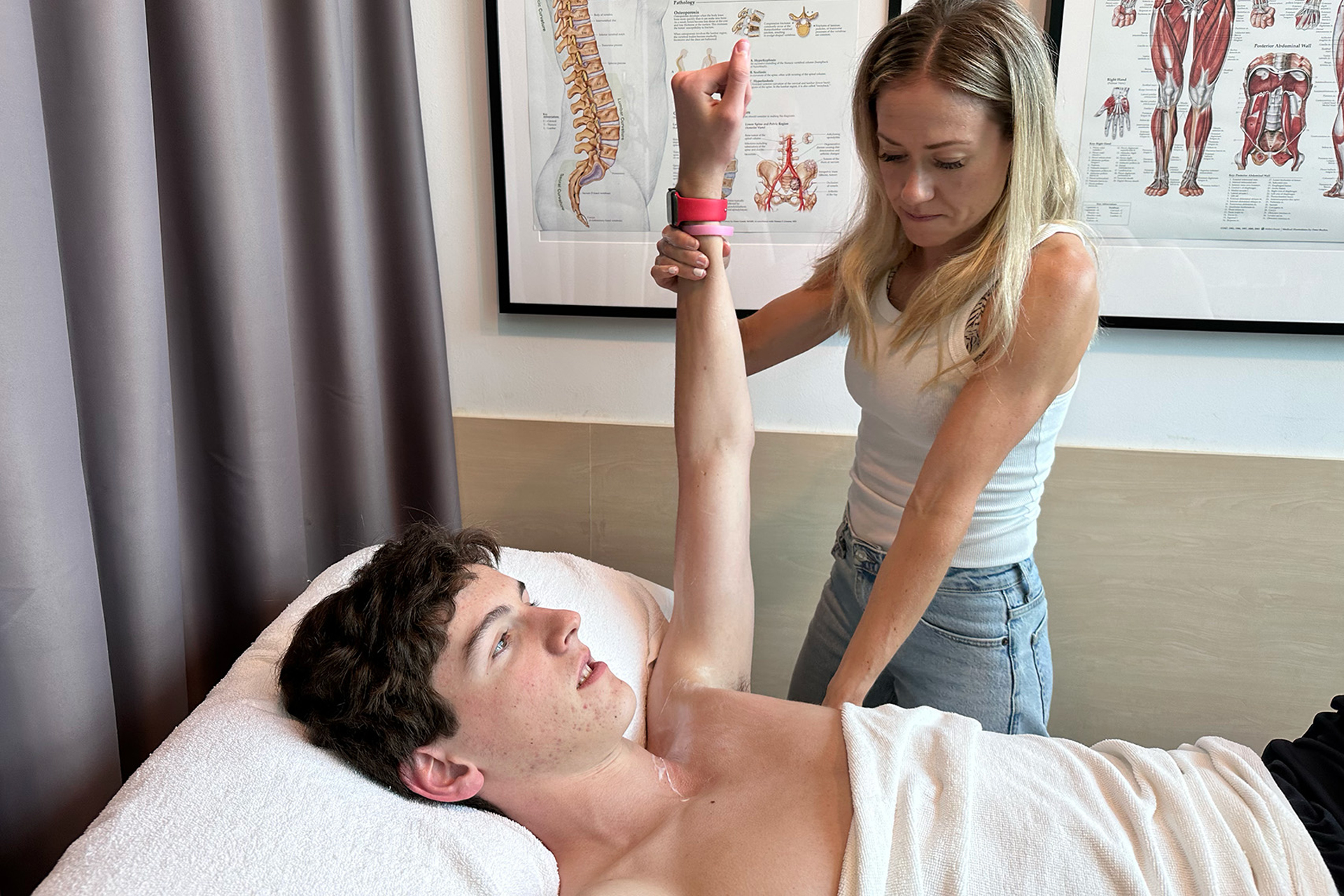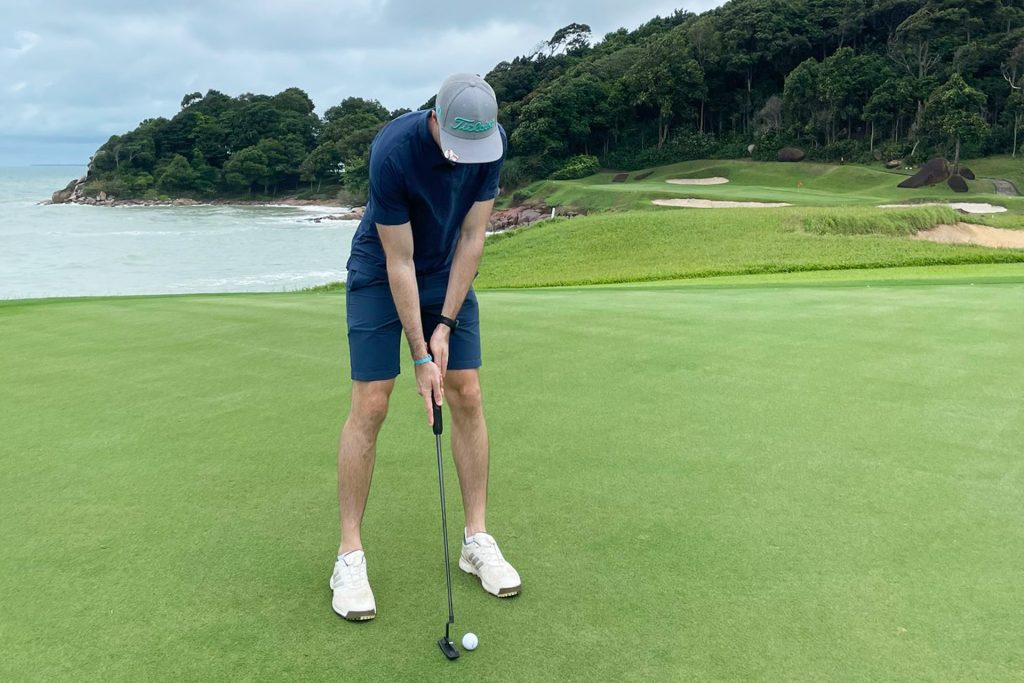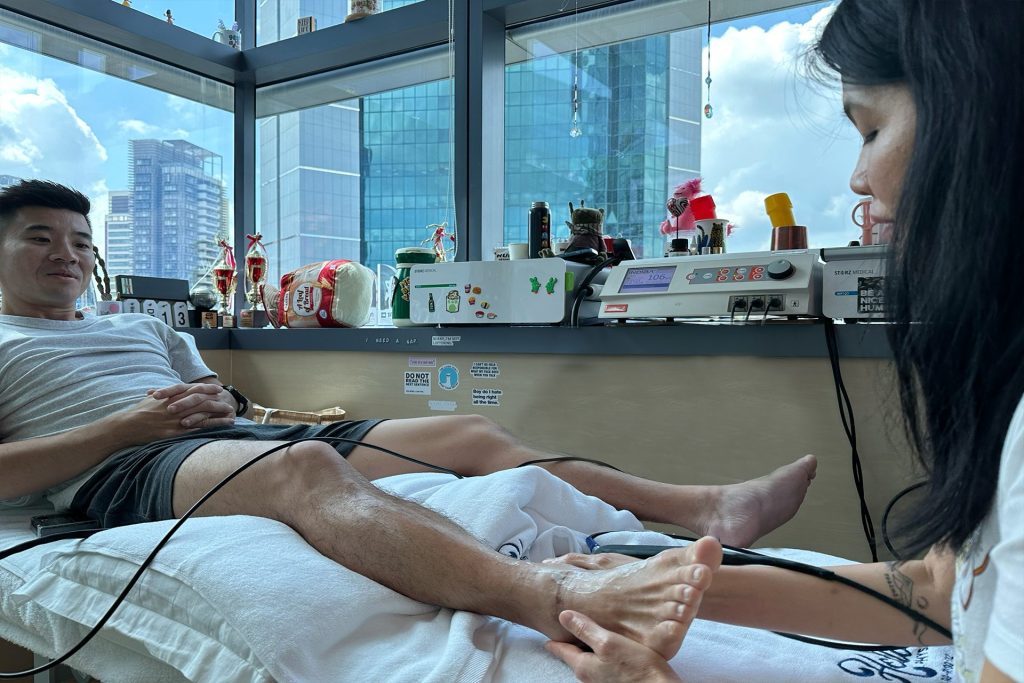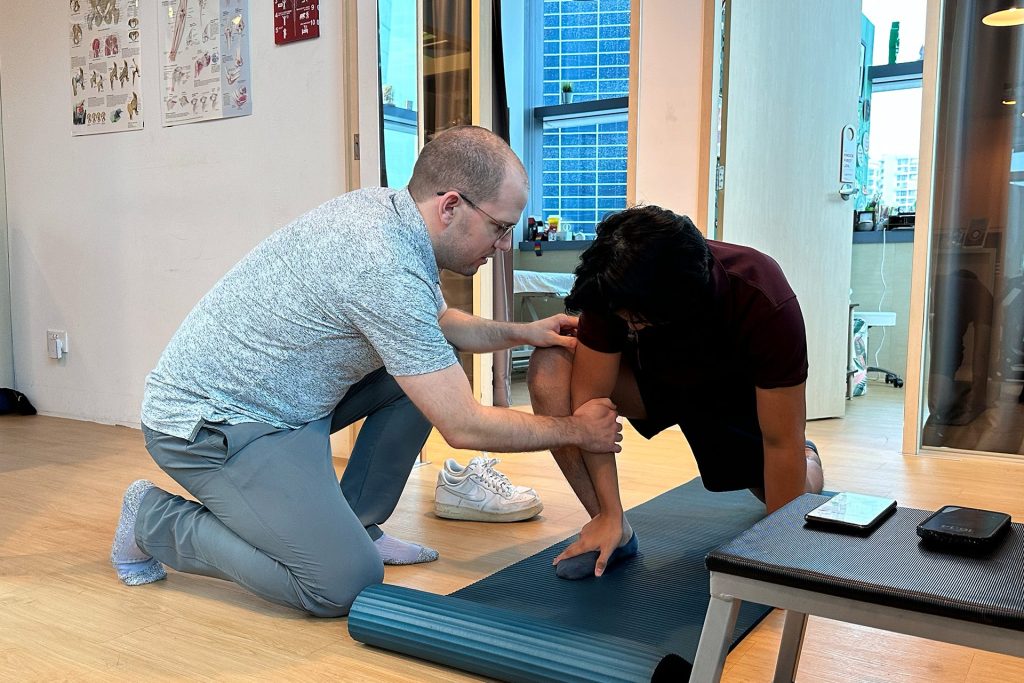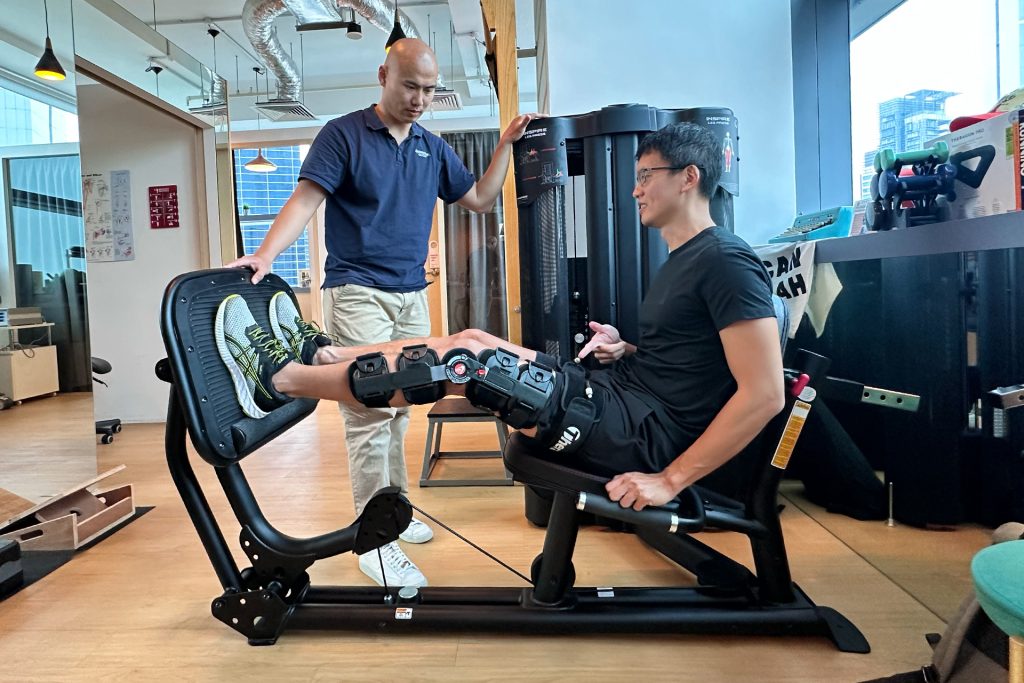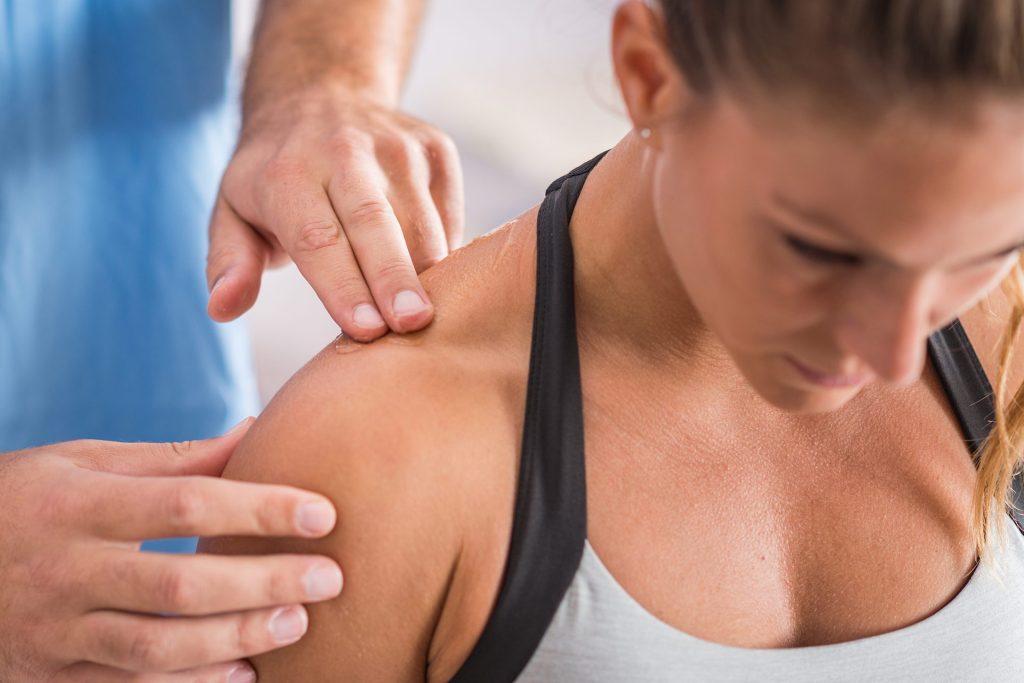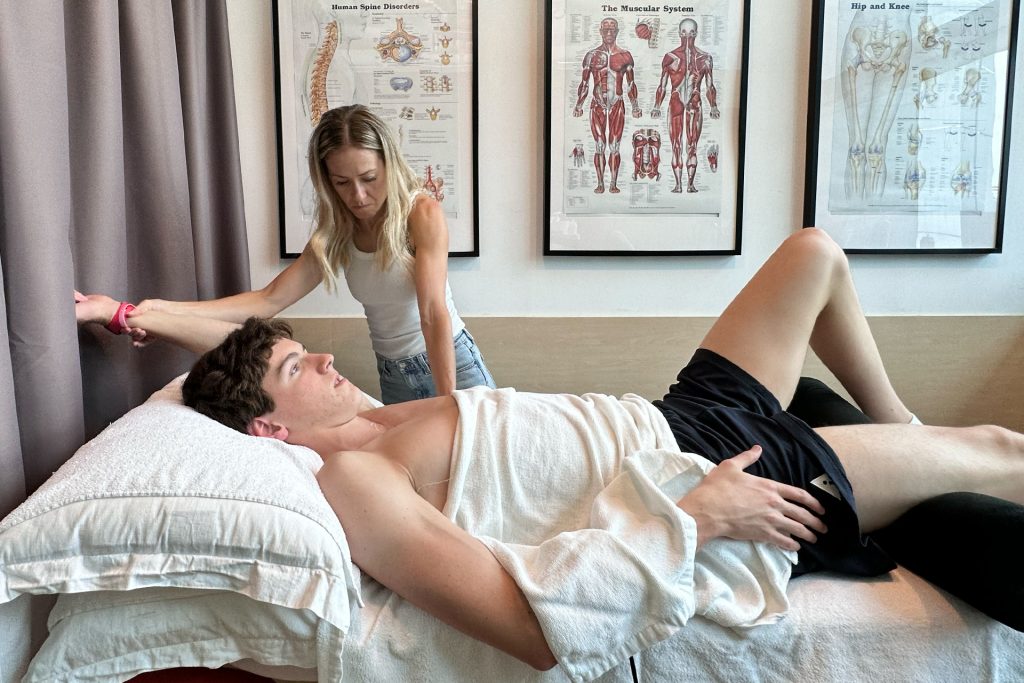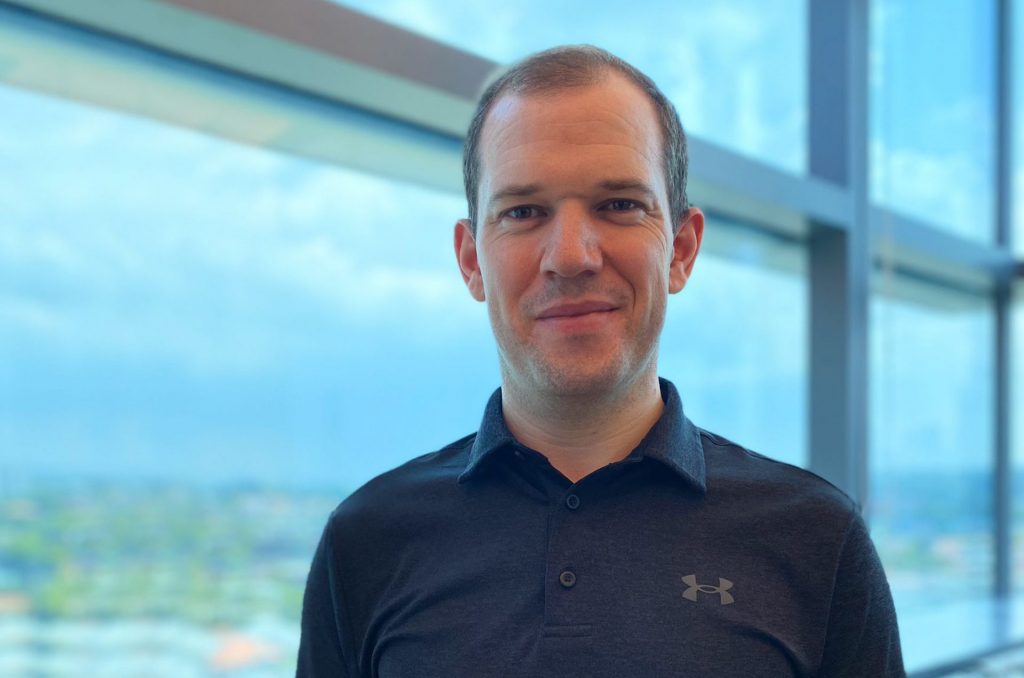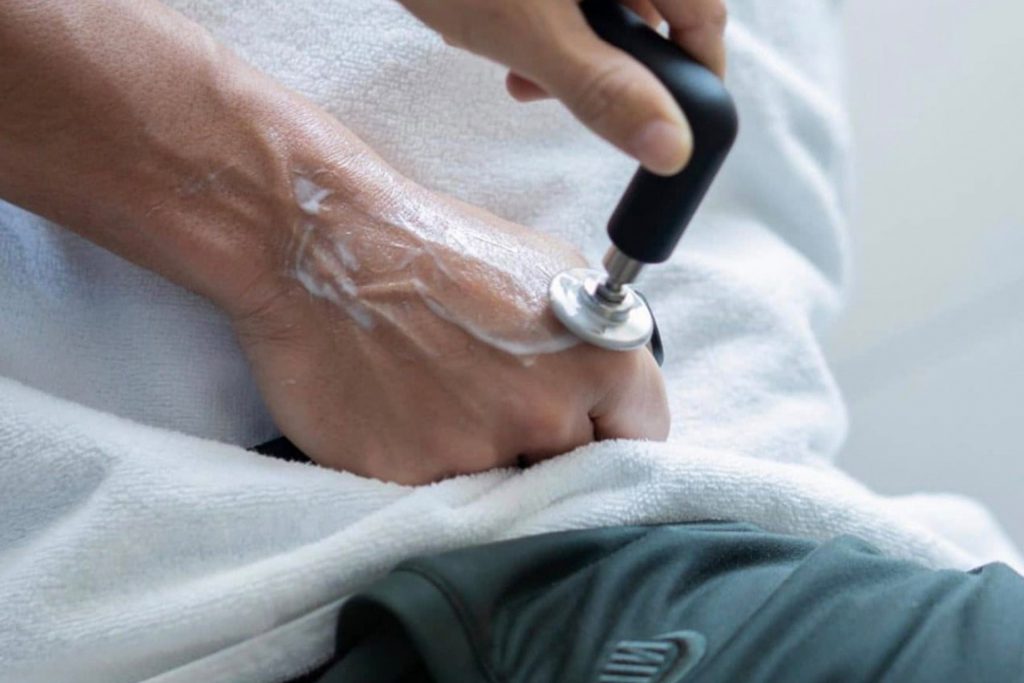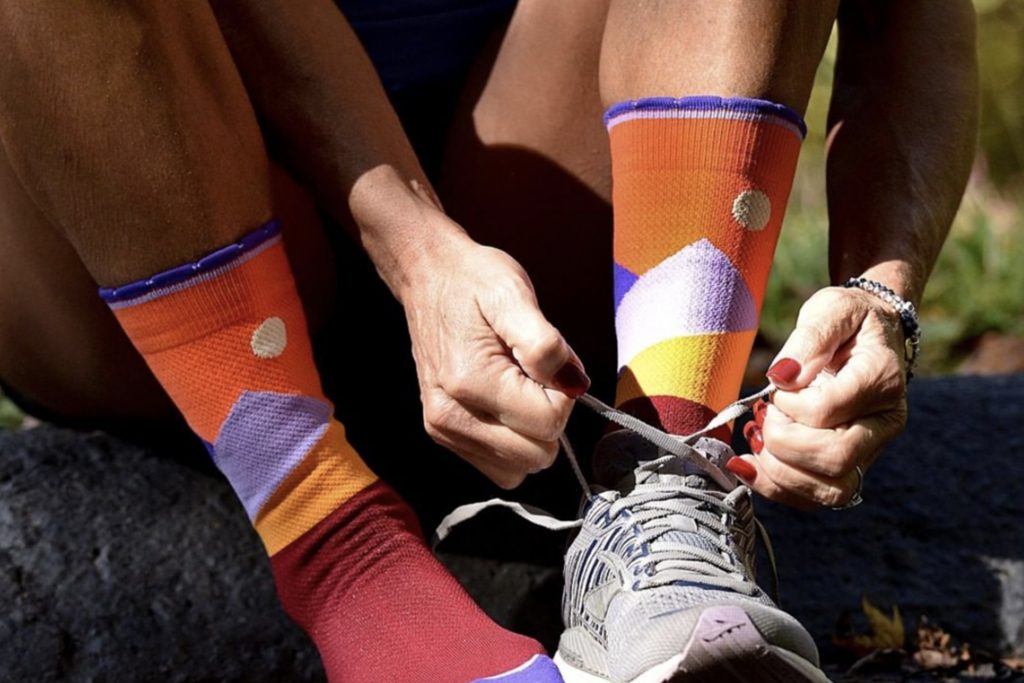Trigger finger can sometimes occur after surgery for carpal tunnel syndrome, particularly within the first six months after the procedure. However, more commonly, it is a result of overuse, which tends to become more common as we age. People who frequently use their fingers throughout the day or participate in sports activities involving finger movements are at a higher risk of developing this condition.
The usual treatment for trigger finger involves conservative approaches such as using night splints, taking anti-inflammatory medications, modifying activities, and receiving cortisone injections to reduce inflammation. If the pain persists despite these methods, patients may opt for more invasive surgery to release the tension in the affected area.
HelloPhysio has introduced a new non-invasive and regenerative treatment for trigger finger using Extracorporeal Shockwave Therapy. This innovative approach aims to alleviate pain and restore normal hand function without the need for surgery.
Physiology of The Hand and Fingers
Trigger finger, also known as trigger thumb or stenosing tenosynovitis, is characterized by the inflammation and swelling of the pulley at the base of your finger. The condition can cause your finger or thumb to suddenly lock in a bent position.
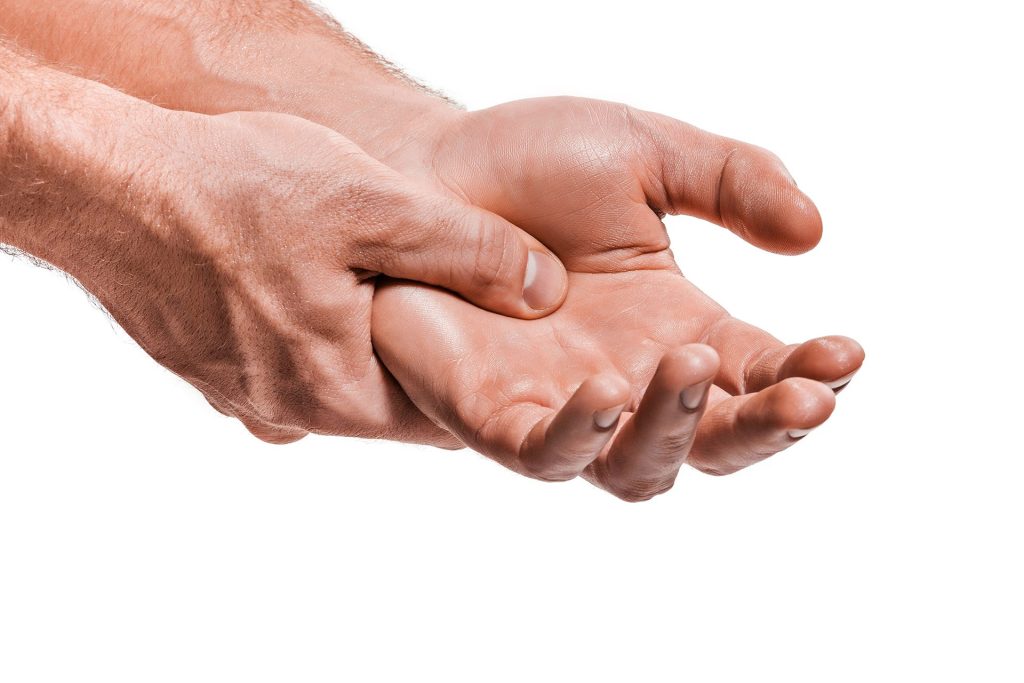
Your forearms contain flexor muscles that enable finger bending. These muscles are connected to the bones in your fingers and thumb by tendons. Each tendon is surrounded by a tunnel-like structure called a tendon sheath, allowing smooth tendon movement. The pulleys guide the tendons as the flexor muscles contract, facilitating finger bending and extension. However, inflammation of the flexor tendon can cause enlargement, making it difficult for the tendon to move smoothly through the pulley. Over time, the tendon may swell and form a bump near the pulley.
When attempting to bend the affected finger, the swollen area on the tendon can catch on the pulley, leading to a triggering or catching sensation. To simplify, it’s like trying to thread a needle with a large knot on a string that doesn’t pass smoothly.
Pain associated with trigger finger is often felt at the metacarpophalangeal (MCP), or knuckle joint on the palm side of the hand. If left untreated, the swollen tendon may become too large to pass beneath the pulley, causing the finger to remain stuck in a bent position.
Common symptoms of trigger finger include:
- a tender lump at the base of the finger
- a catching or locking sensation when moving the finger; and,
- pain during finger bending or straightening
Trigger finger has an estimated prevalence rate of 3% in the general population and is the fourth most common reason for hand surgery. It is more frequently observed in middle-aged women, or individuals with medical conditions such as diabetes, rheumatoid arthritis, gout, and hypothyroidism. The condition can worsen progressively over time and persist for years before the pain becomes unbearable.
Diagnosing the Condition on Your Own
To assess if you have trigger finger, you can compare the affected finger to your other fingers and look for any differences. Try bending and extending the joint, and experiment with various positions or angles to see if you can reproduce the catching sensation.
Keep in mind that even if the catching occurs only occasionally, it doesn’t mean the issue is resolved. However, if you can consistently reproduce the catching during this simple test, it is likely that you have the condition.
Acute symptoms of trigger finger typically involve less pain, snapping, or catching. On the other hand, chronic symptoms often result in more pain and may require more aggressive treatment. In some cases, the condition can progress to the point where the finger remains locked in a bent position, even if you try to straighten it manually.
It’s important to be mindful of any overuse issues, especially if you frequently engage in activities or have a job that involves repetitive bending at the base of your fingers. Treatment for trigger finger often includes modifying your activities, so pay attention to how you grip objects or use your hands in positions that require climbing or exerting force.
Traditional Trigger Finger Treatments
It is important to consult a qualified healthcare professional, such as a physiotherapist, for an accurate diagnosis of trigger finger, as it can be mistaken for other conditions like Dupuytren’s contracture.
Understanding the stage or severity of your condition is also crucial. Trigger finger is classified into four stages, with each stage indicating a progressively worse condition. Knowing the stage will help determine the appropriate treatment.
For mild cases, your primary care doctor may recommend rest and avoiding activities that may worsen the condition. They may also prescribe anti-inflammatory medication or administer a corticosteroid injection to reduce swelling.
In some cases, wearing a ‘trigger finger’ splint may be necessary to keep the affected finger straight. This is typically recommended for six to eight weeks until the triggering, catching, or locking of the finger subsides. It’s important to note that each time the finger triggers and becomes stuck in a bent position, it increases inflammation in the surrounding tendon sheath.
To address the tightness of the flexor muscles, taping can be used to provide additional support and correct the space around the affected pulley. Taping has proven to be effective, but some individuals may prefer to alternate between wearing a splint and using taping.
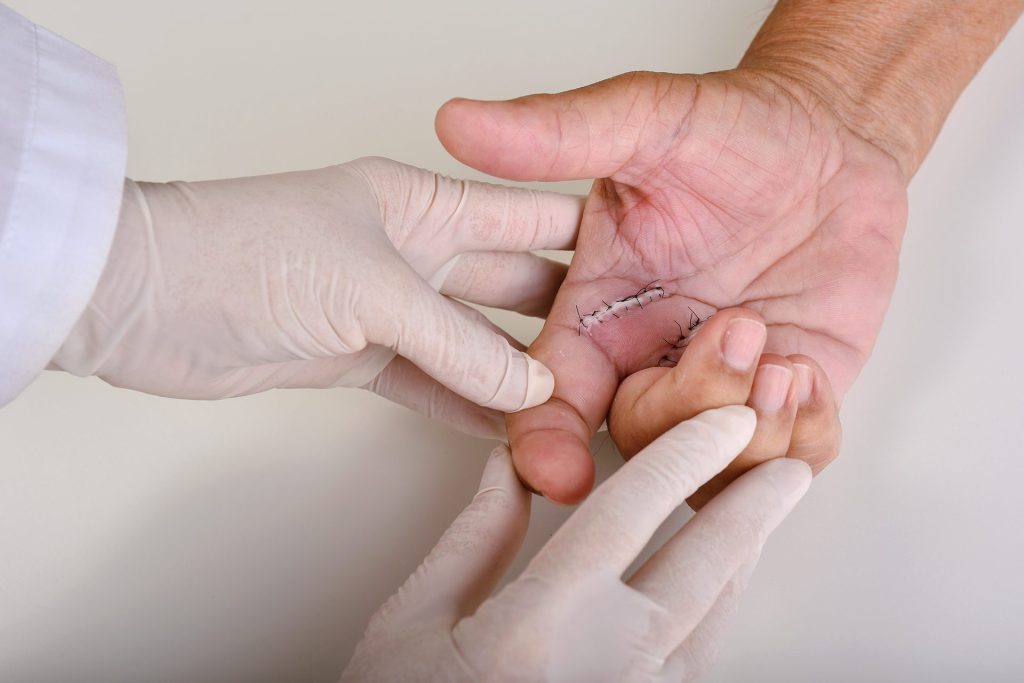
If nonsurgical treatments are unsuccessful, surgical intervention may be recommended. This involves a small incision in the palm and cutting of the pulley to free the tendon.
Shockwave Therapy: New Treatment for Trigger Finger without Surgery
Extracorporeal Shockwave Therapy is a non-surgical physical therapy for hand and wrist conditions when traditional approaches have not been effective.
Shockwave therapy targets the affected area, stimulating the damaged tendons and surrounding tissues to promote circulation and aid in healing. This allows tendons to move smoothly without discomfort or catching. Throughout treatment, discomfort is minimal, and the intensity of impulses gradually increases. If there is pain, it diminishes within a few days.
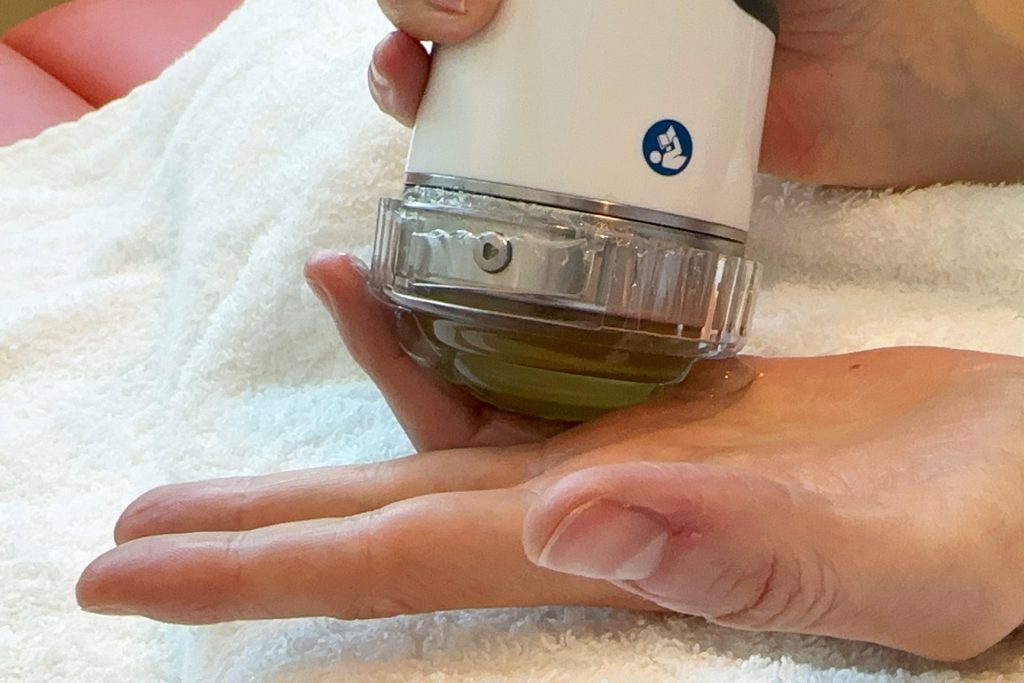
Patients undergoing shockwave therapy often experience improved hand function, range of motion, grip strength, pinch strength, and reduced pain. It is an alternative option before considering surgery for trigger finger, especially if conservative treatments have failed.
After percutaneous trigger finger release, a rehabilitation protocol with adjunctive modalities like shockwave therapy significantly improves joint range of motion as part of post-operative rehabilitation.
Consult with our experienced senior physiotherapists to determine if shockwave therapy is suitable for your specific hand or wrist condition. If you’re experiencing pain, schedule an appointment for physiotherapy treatment for your trigger finger today.

